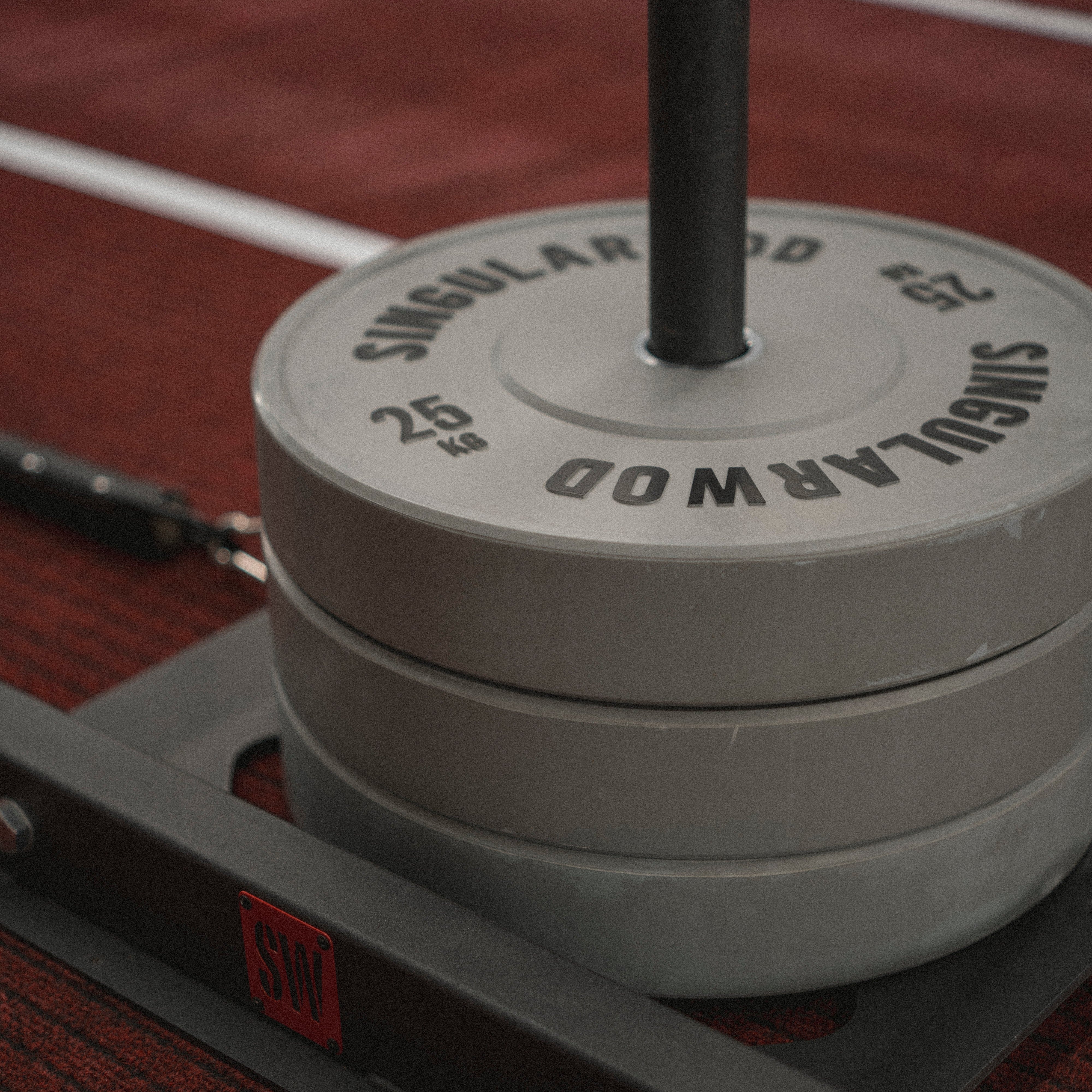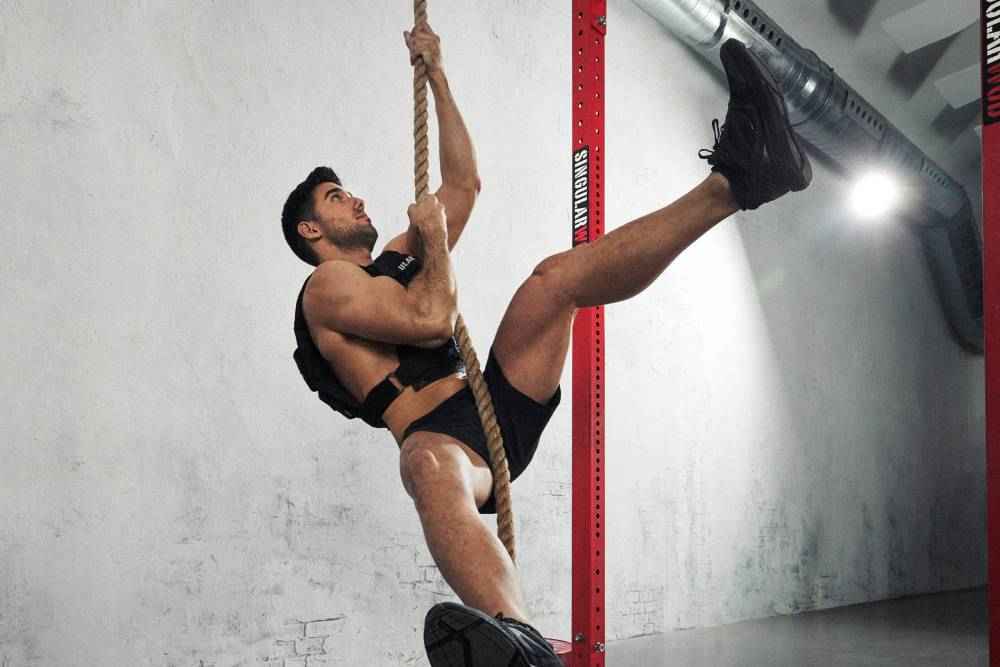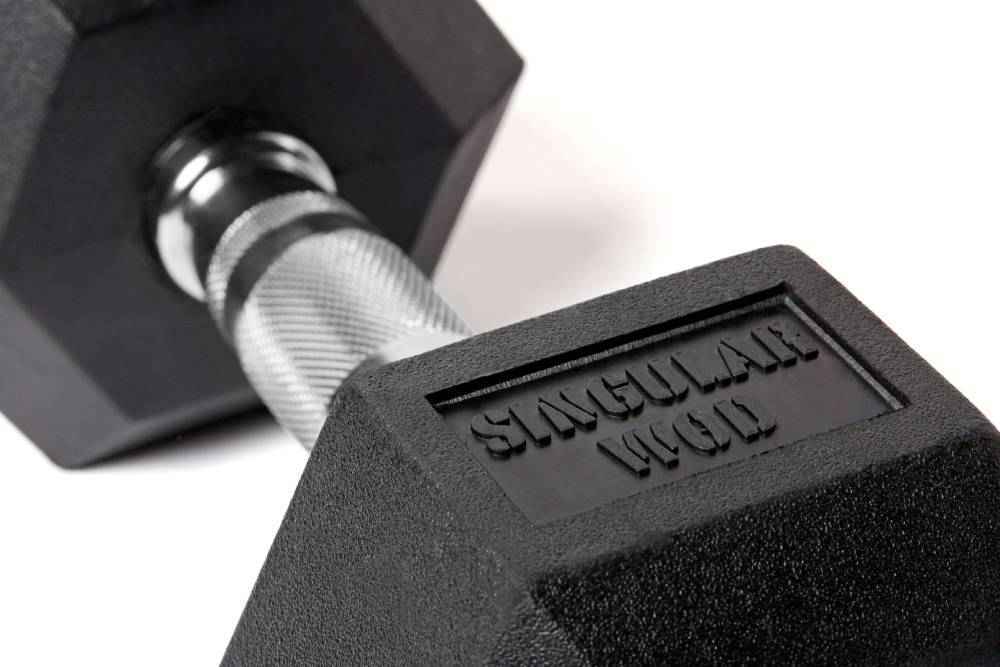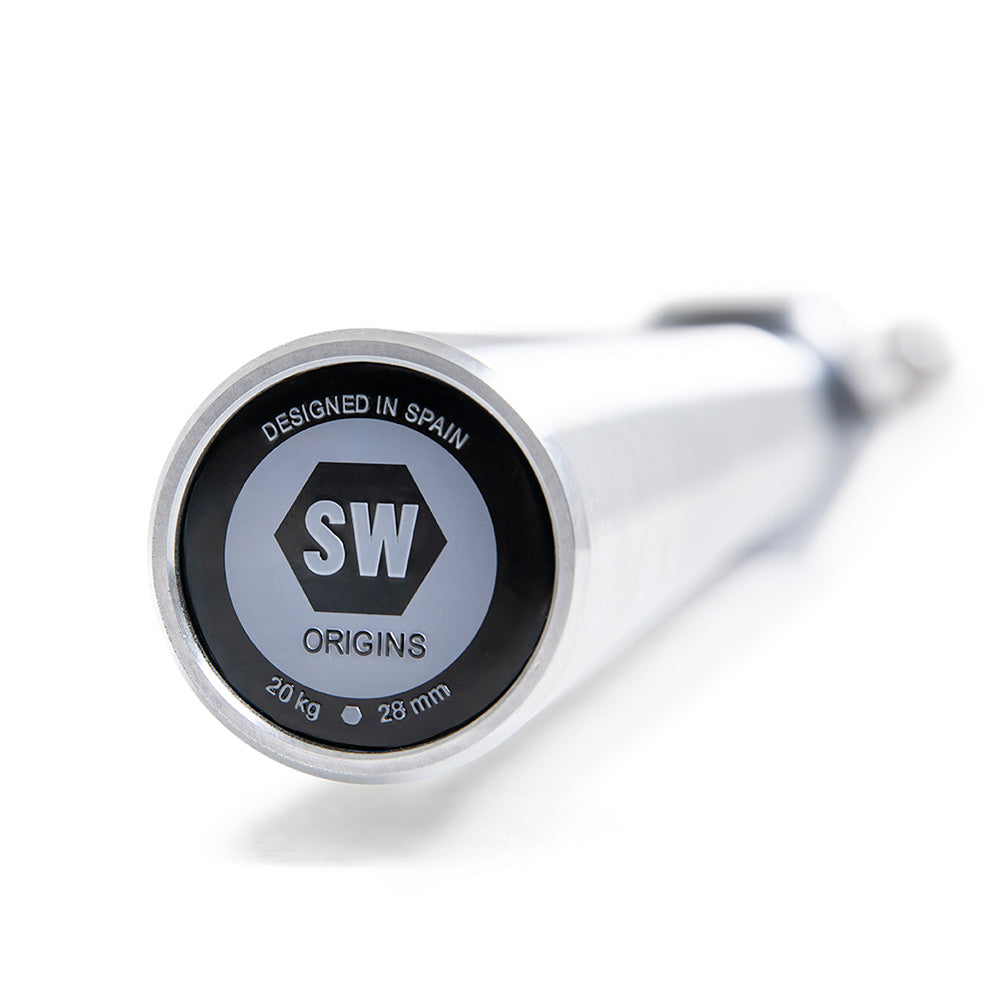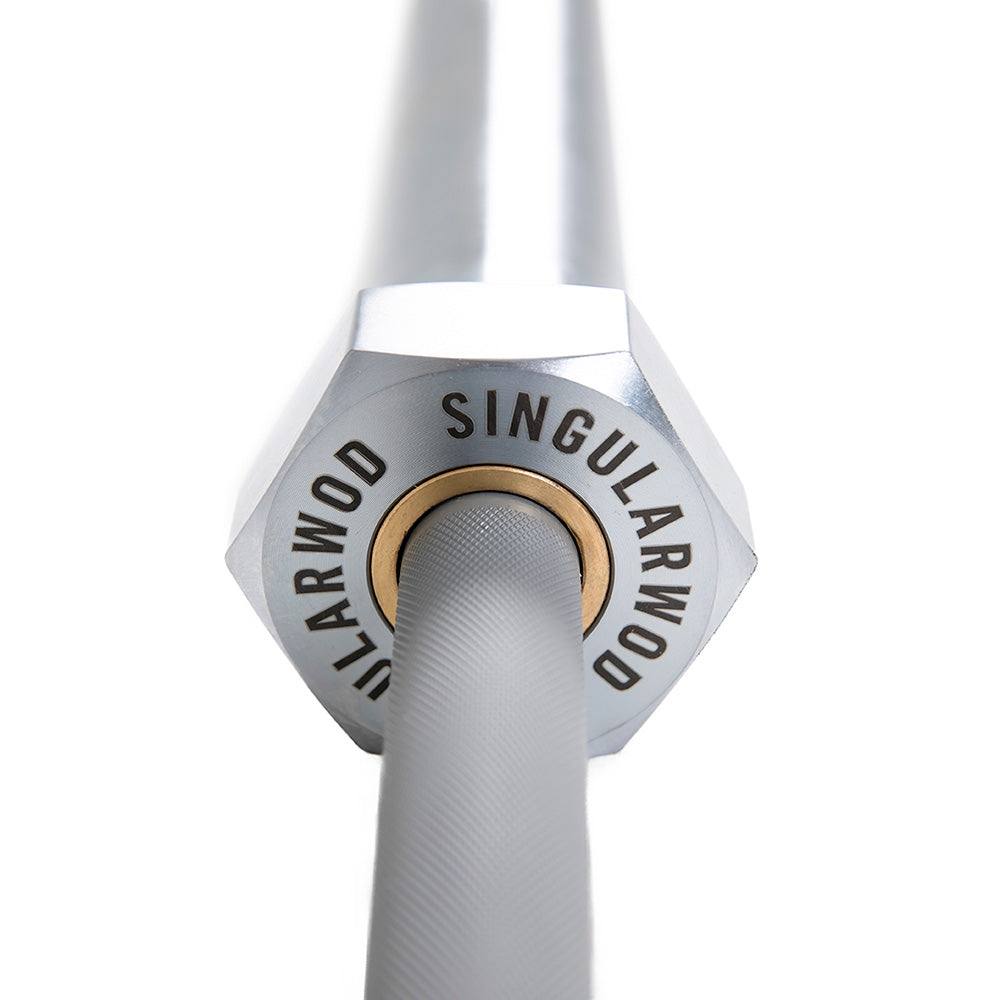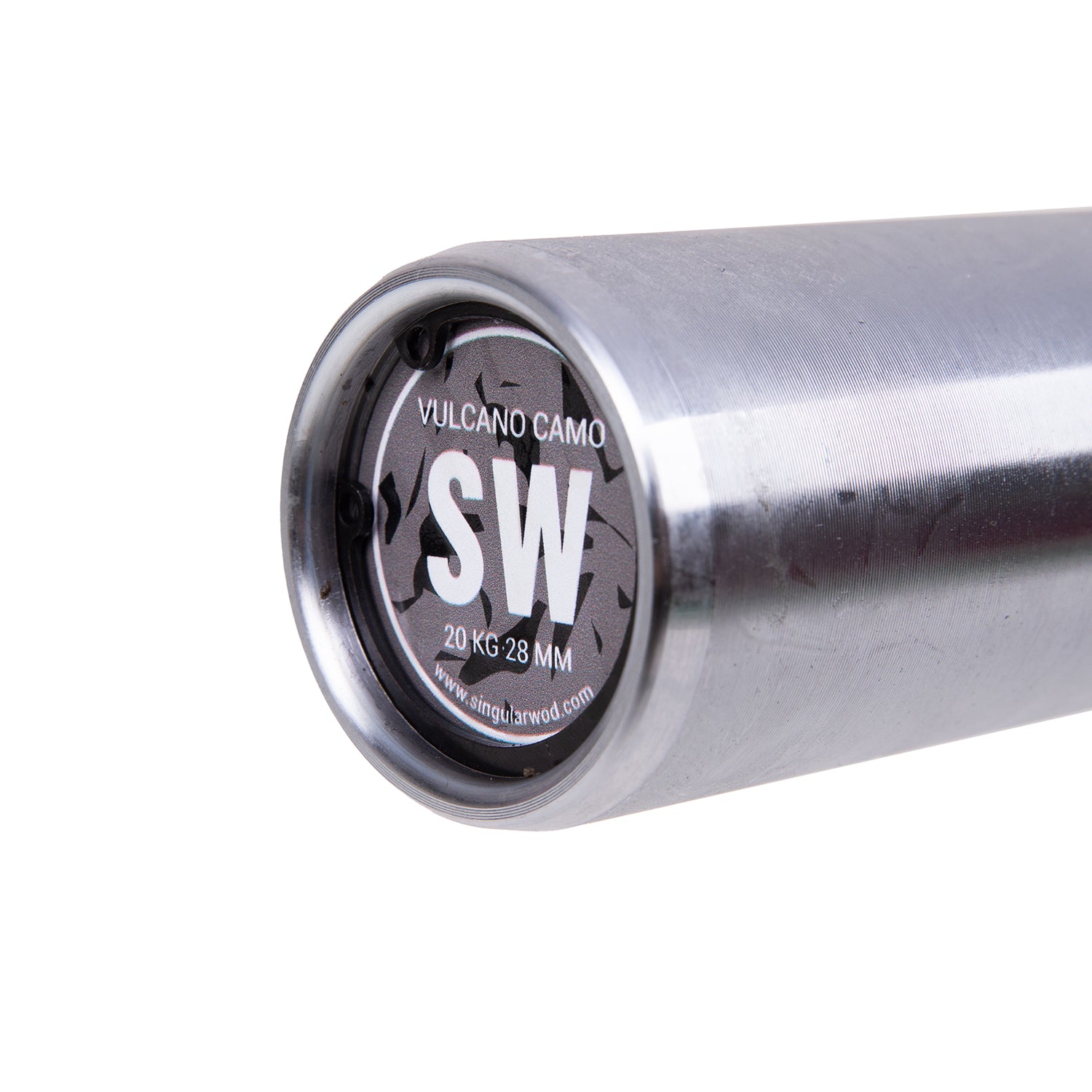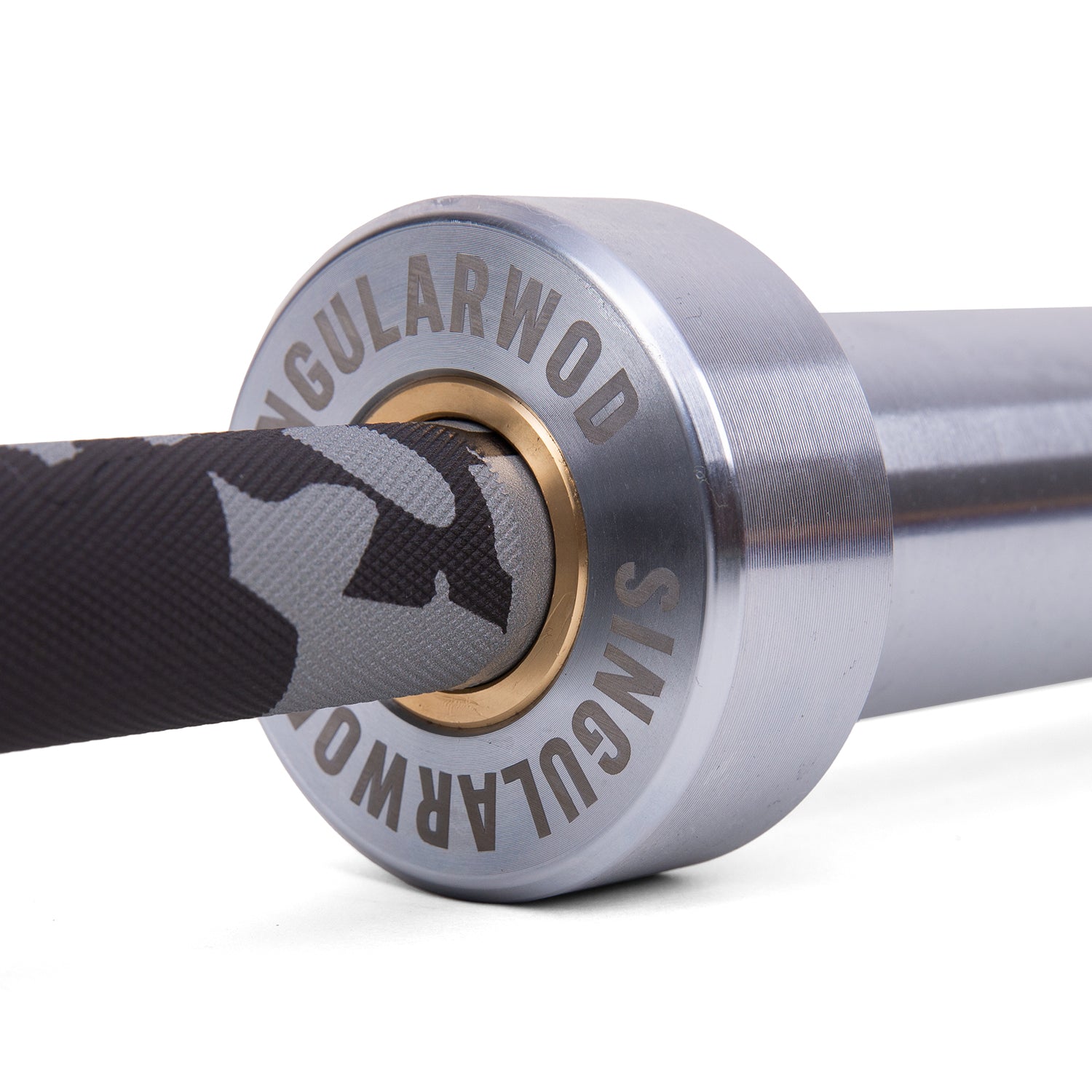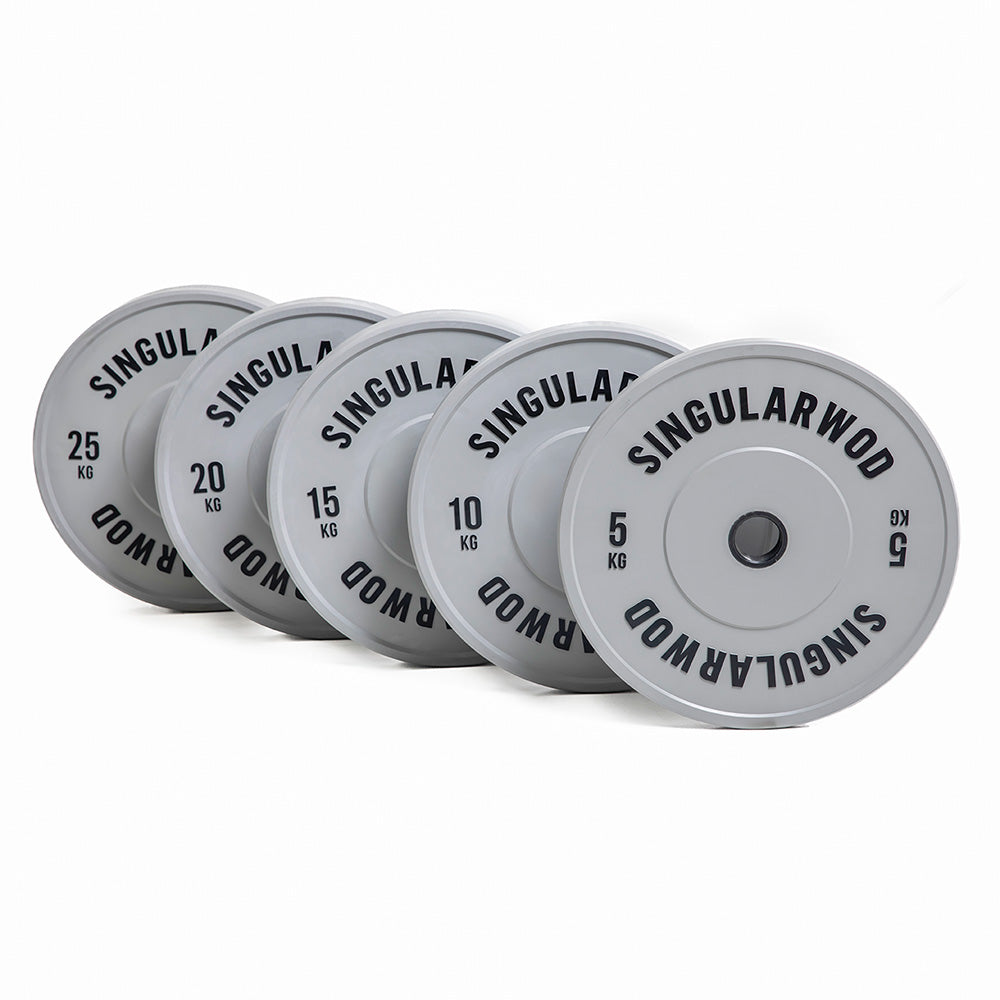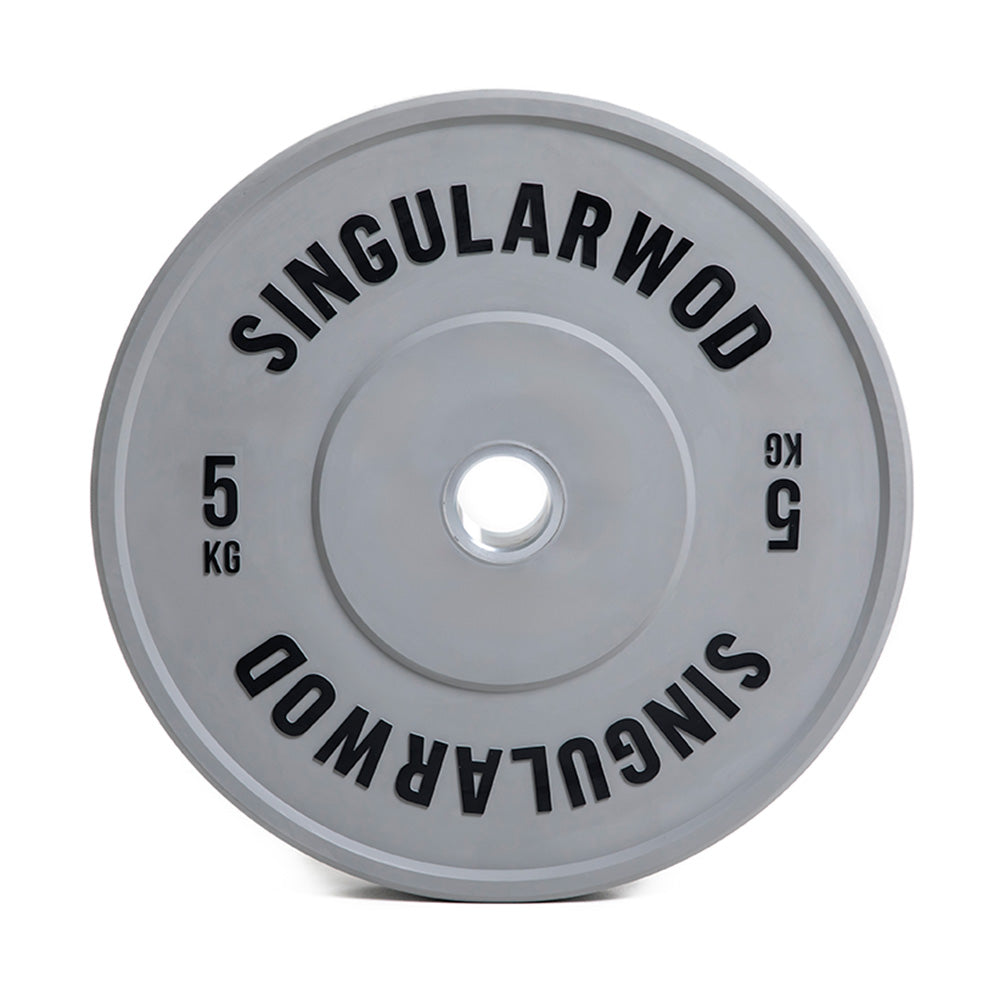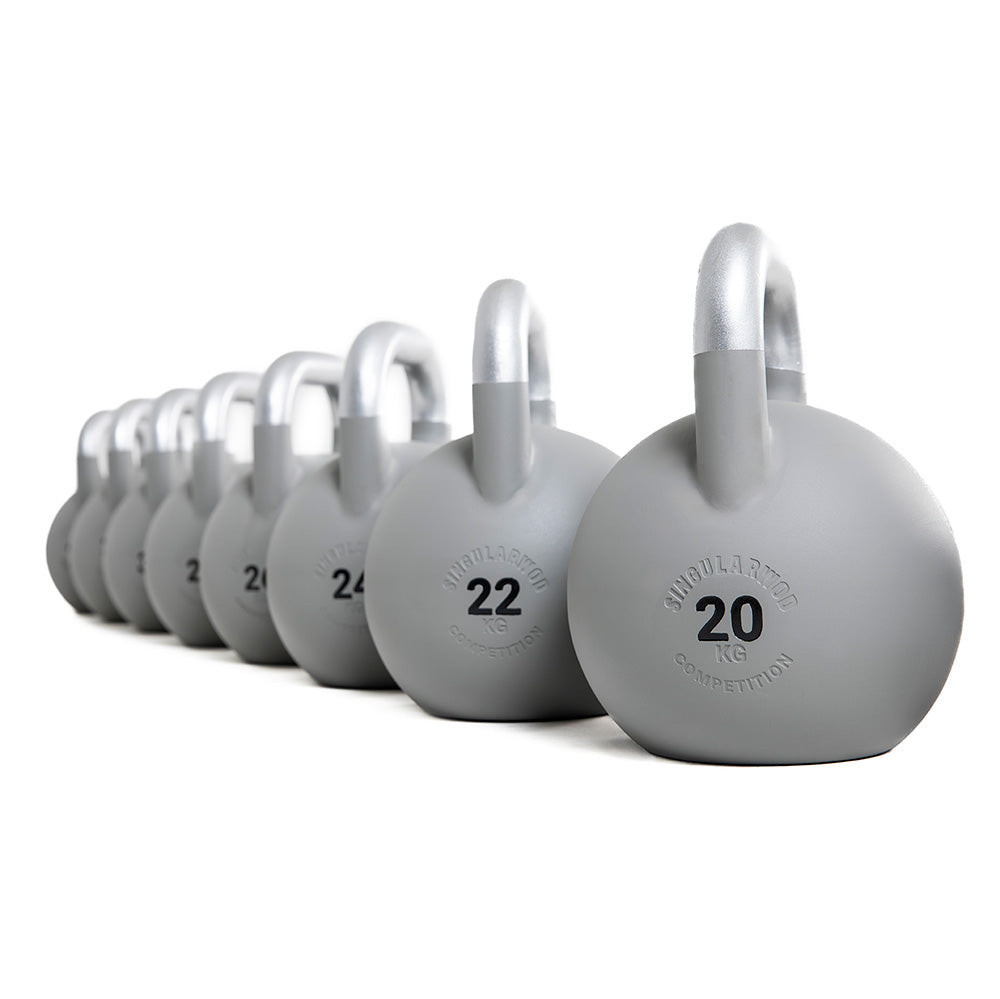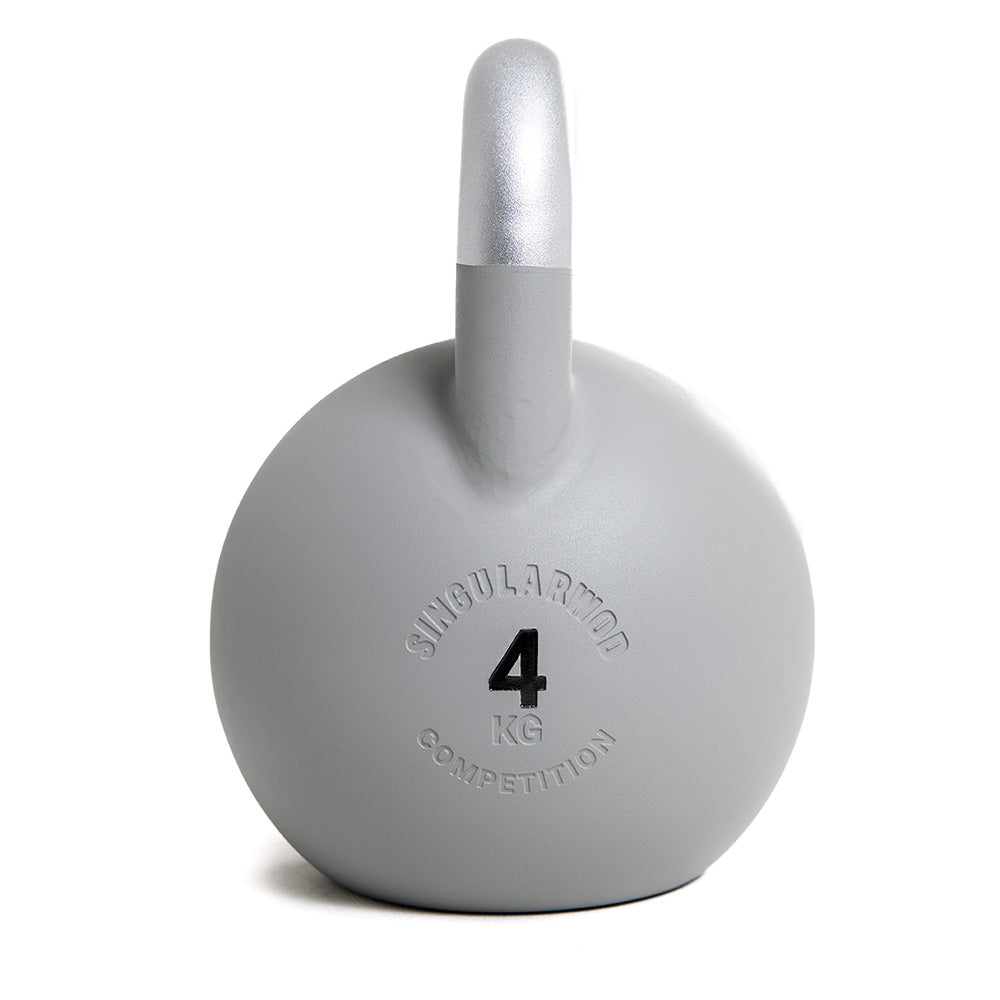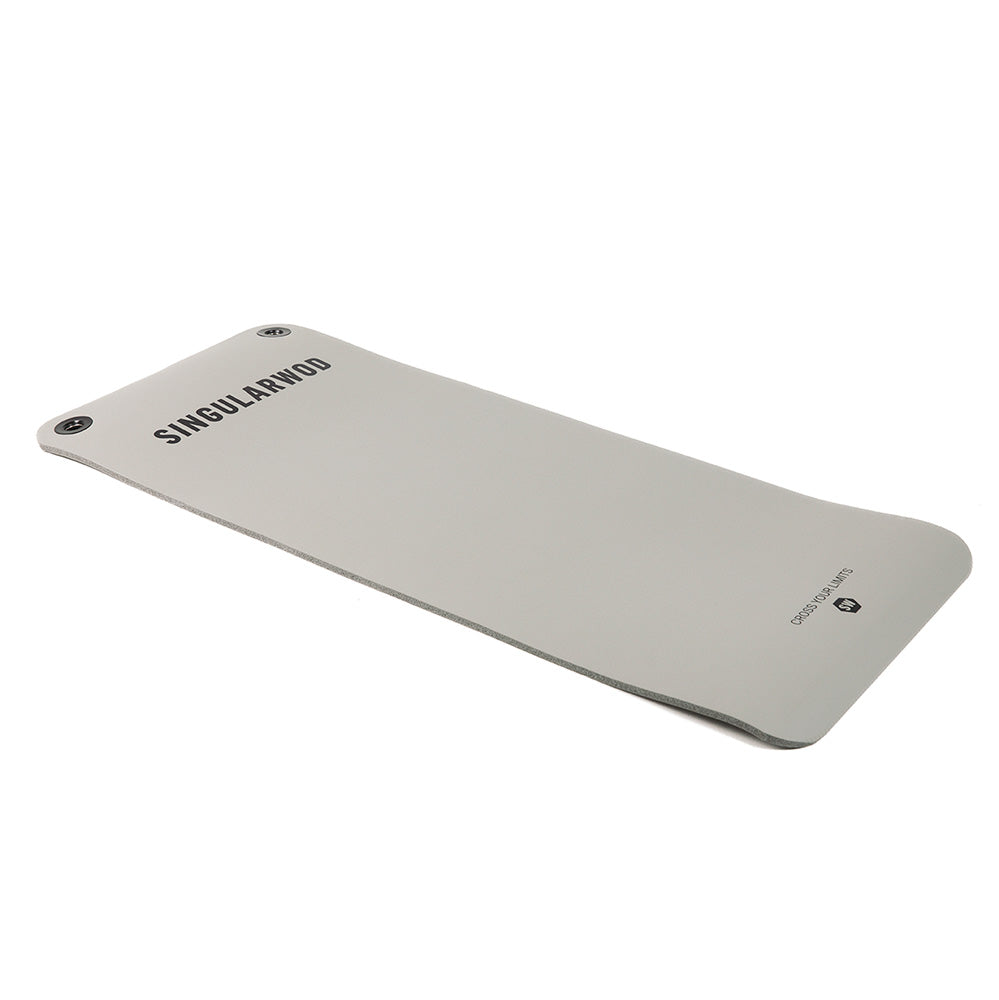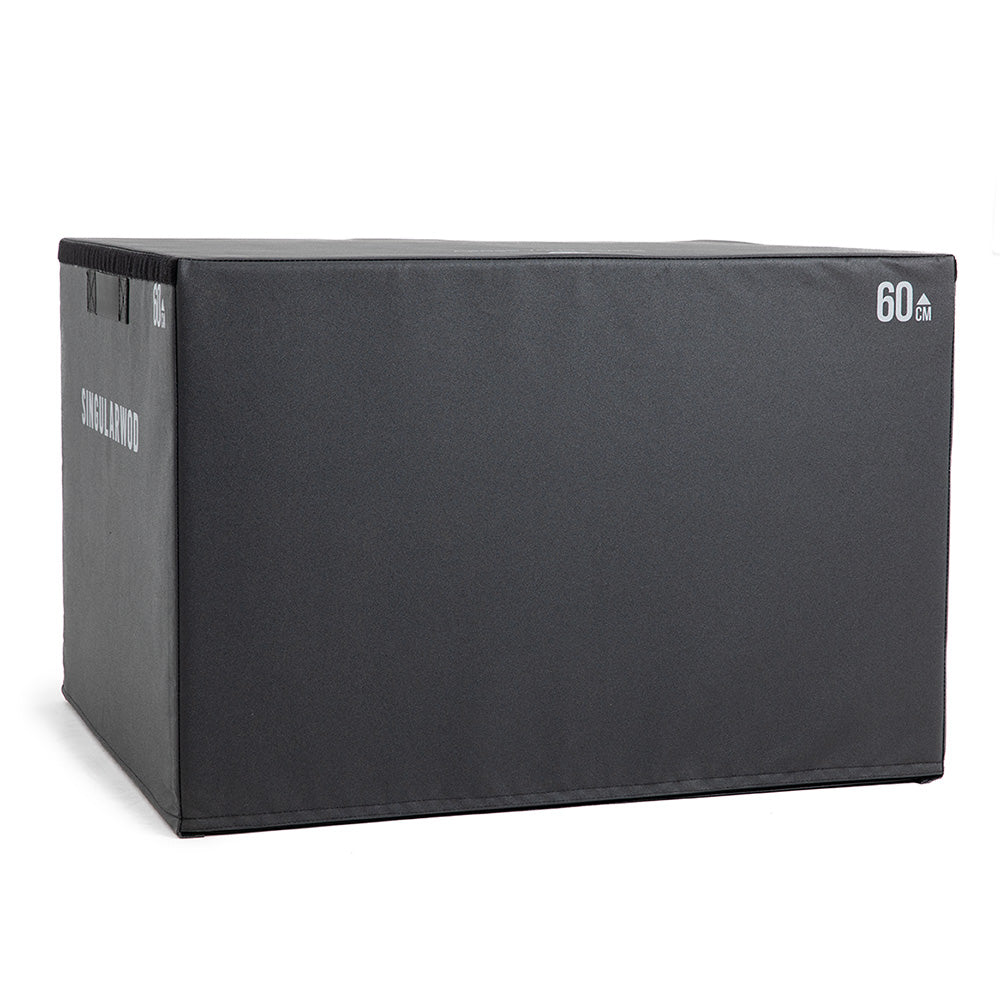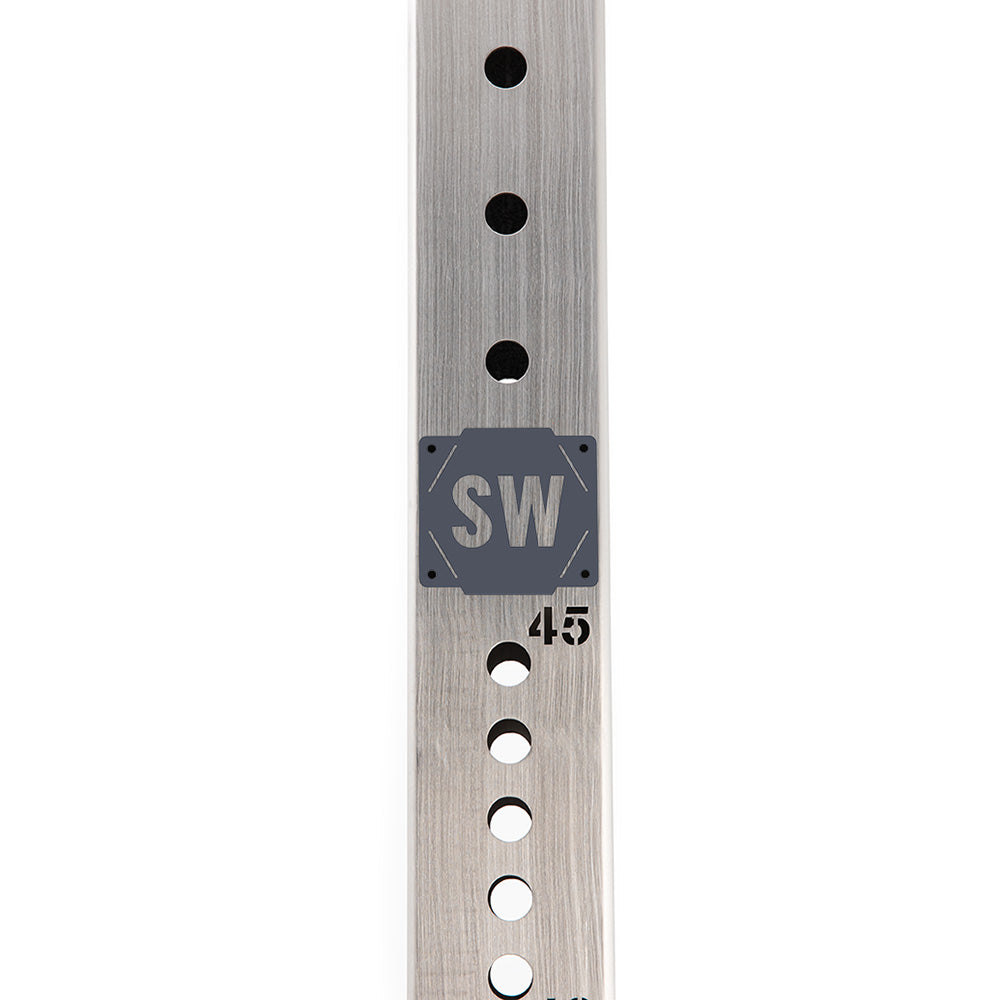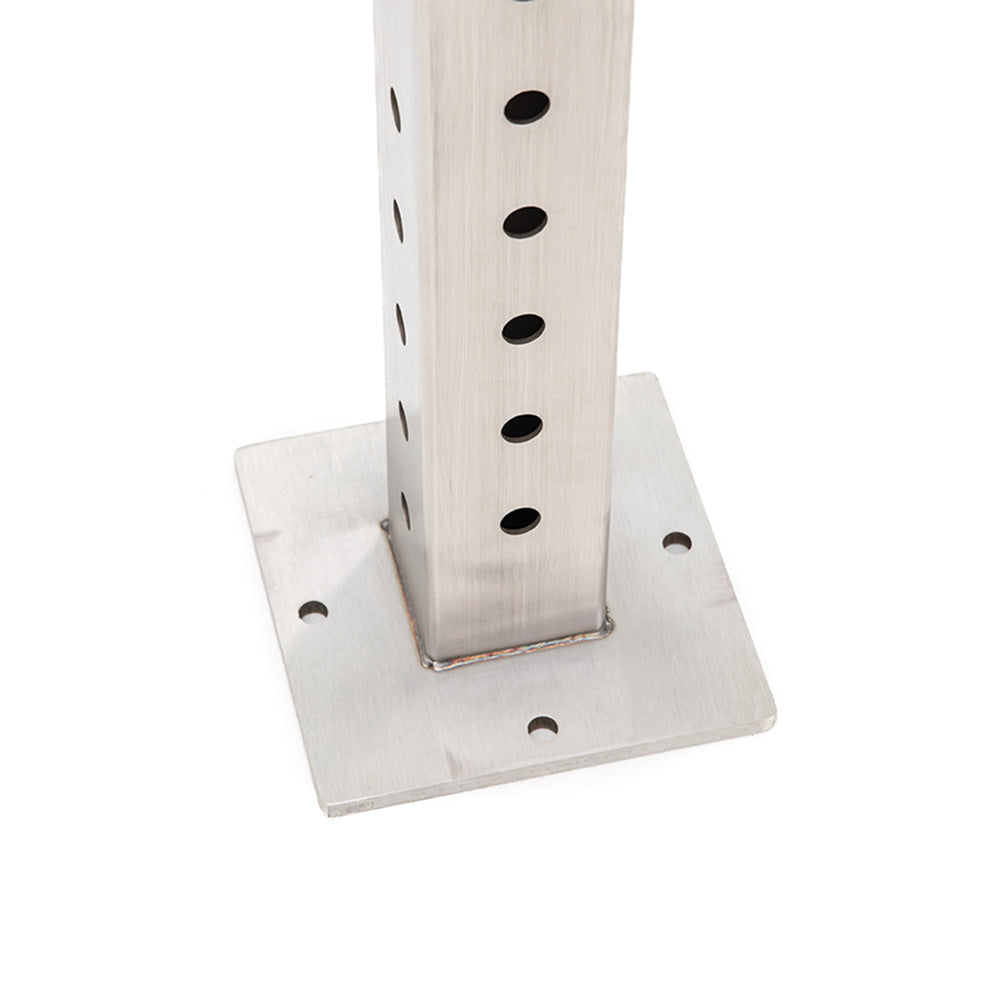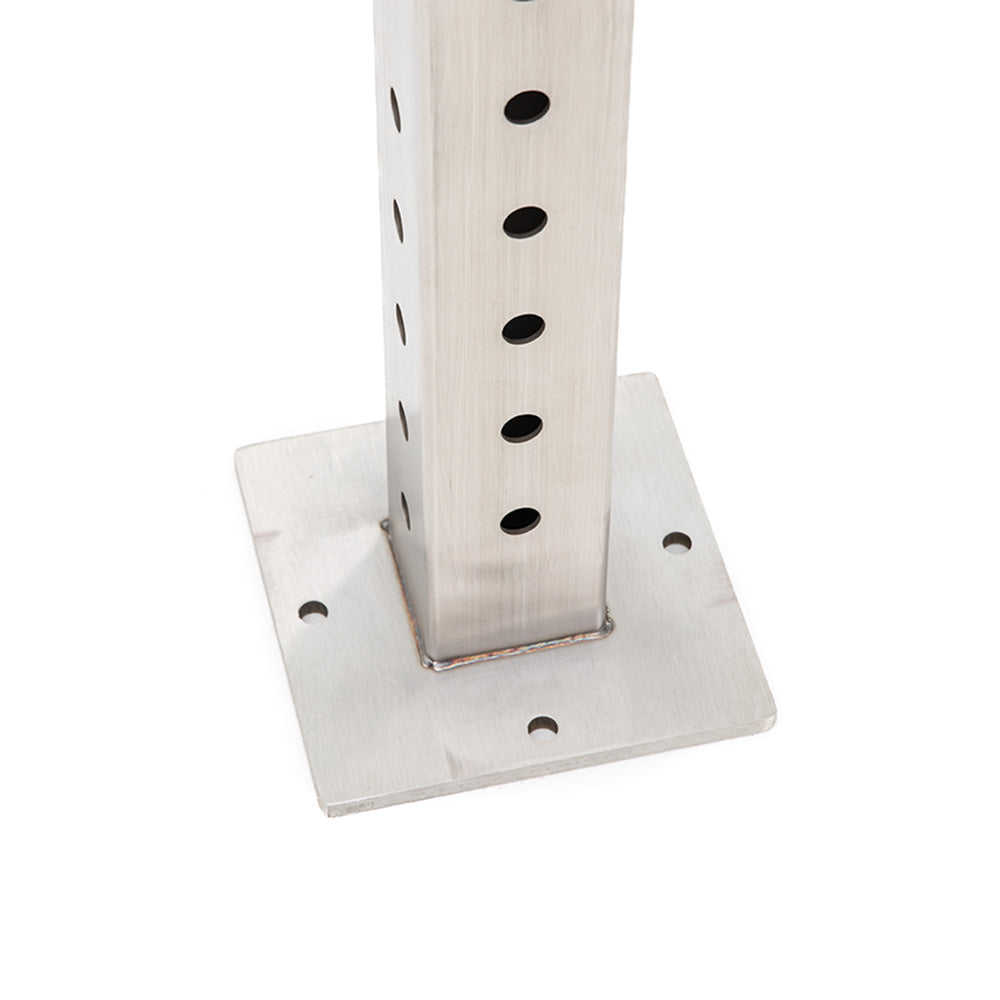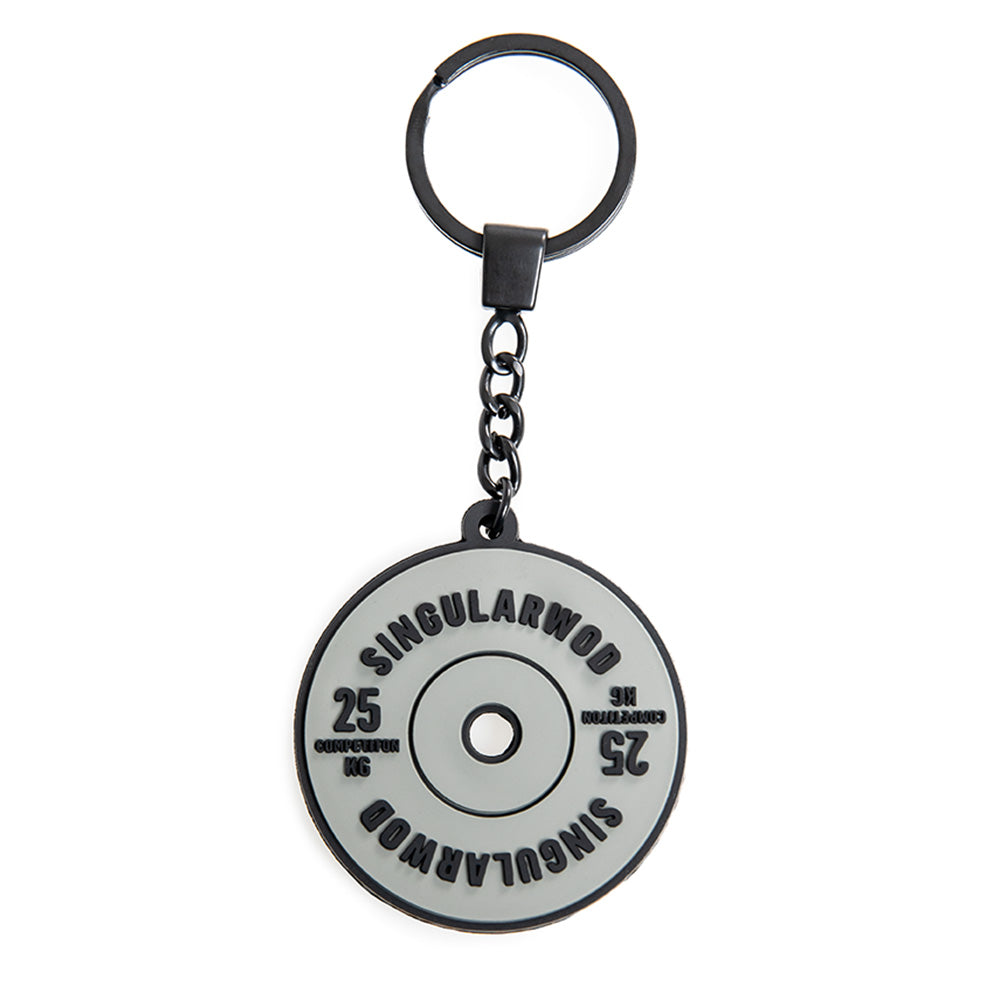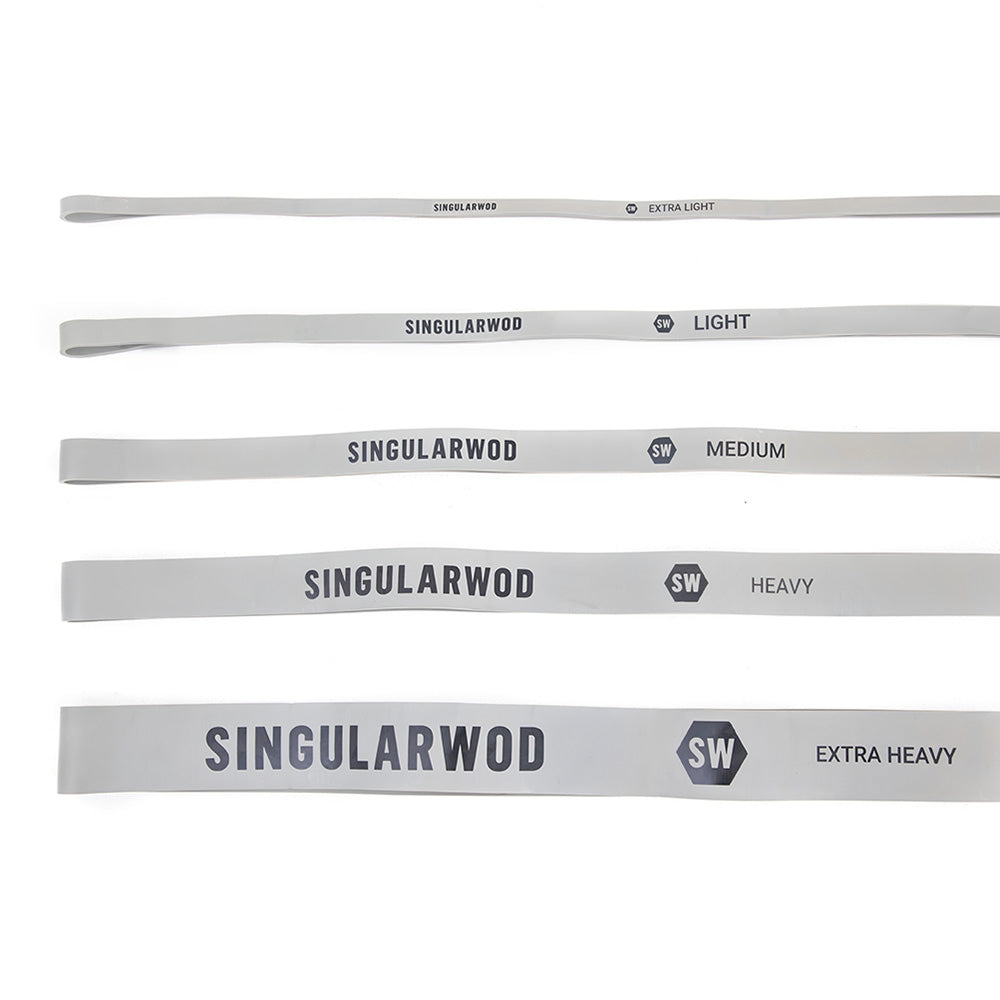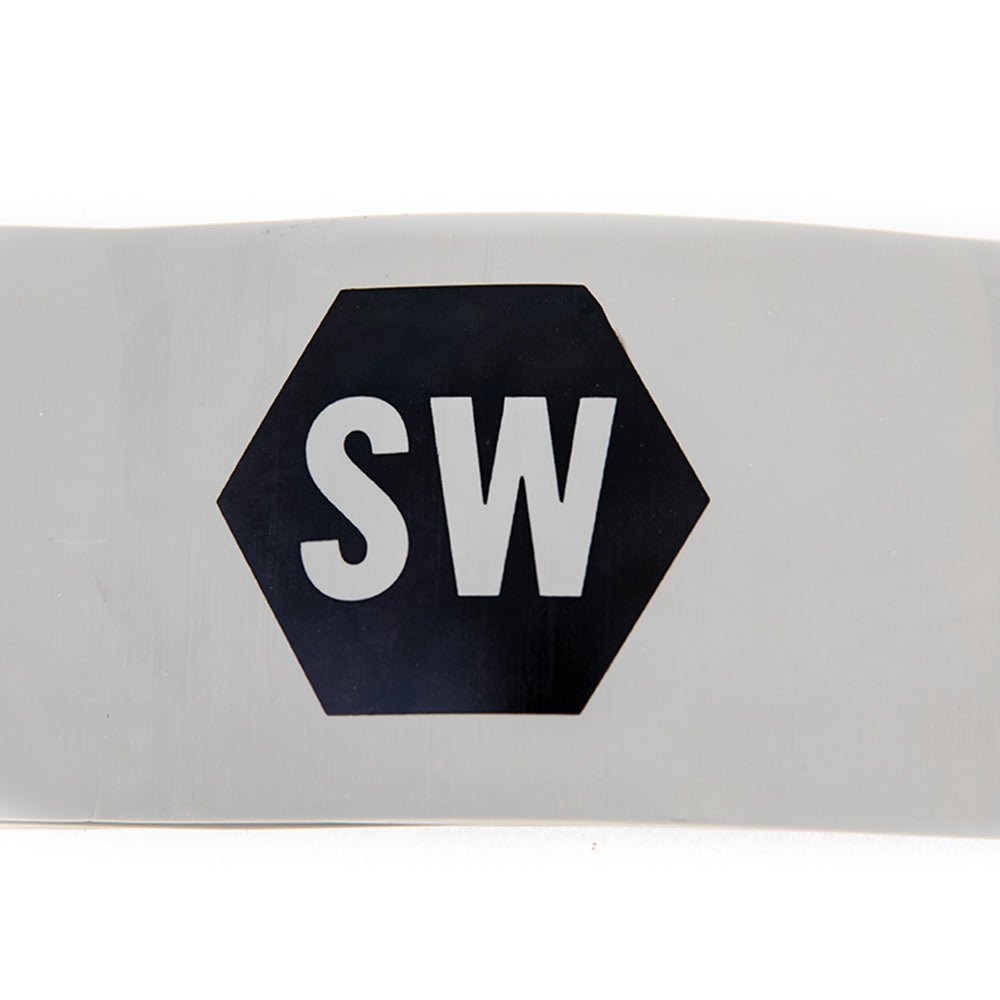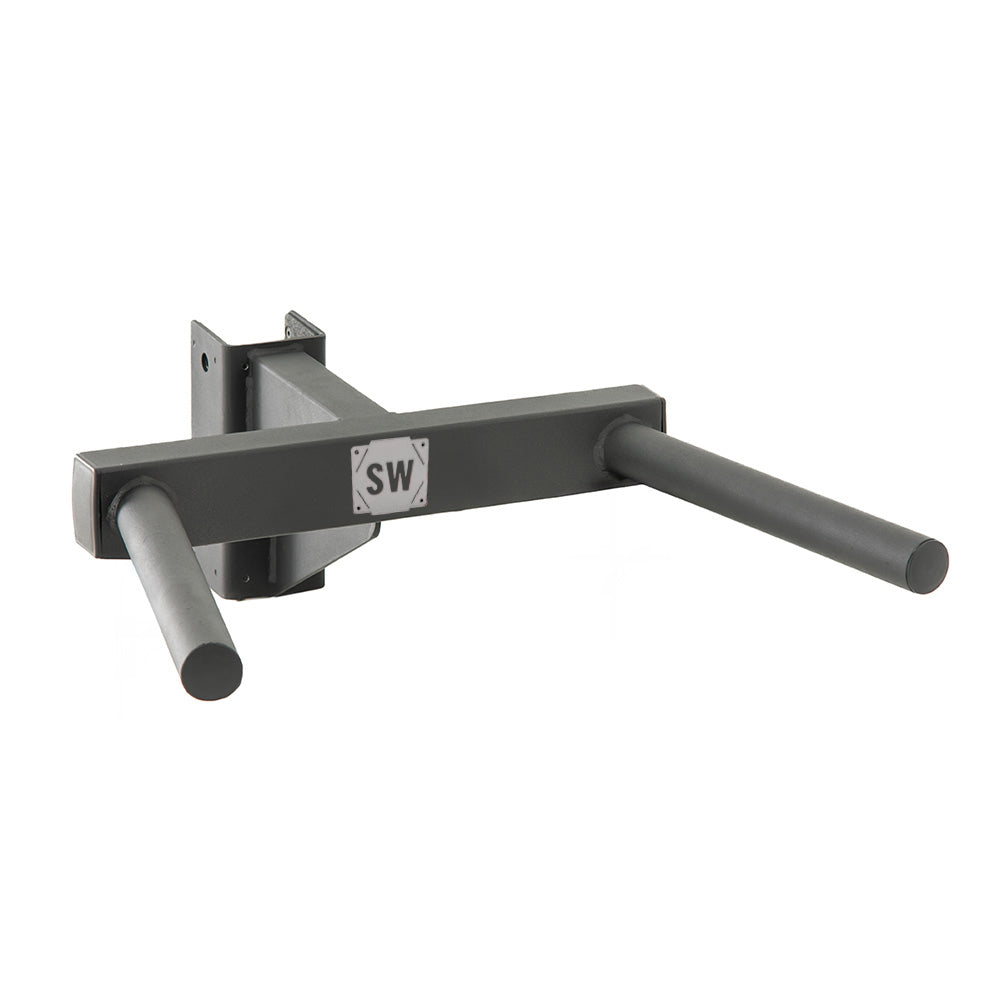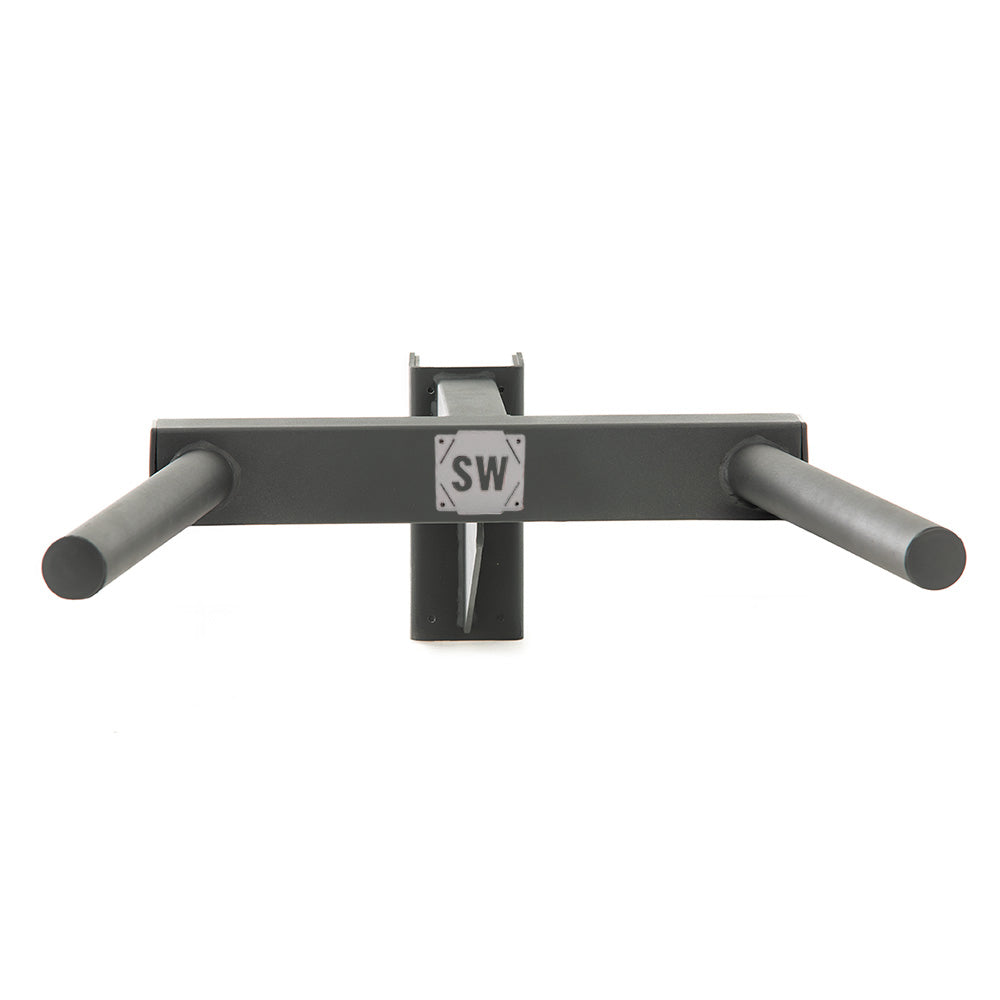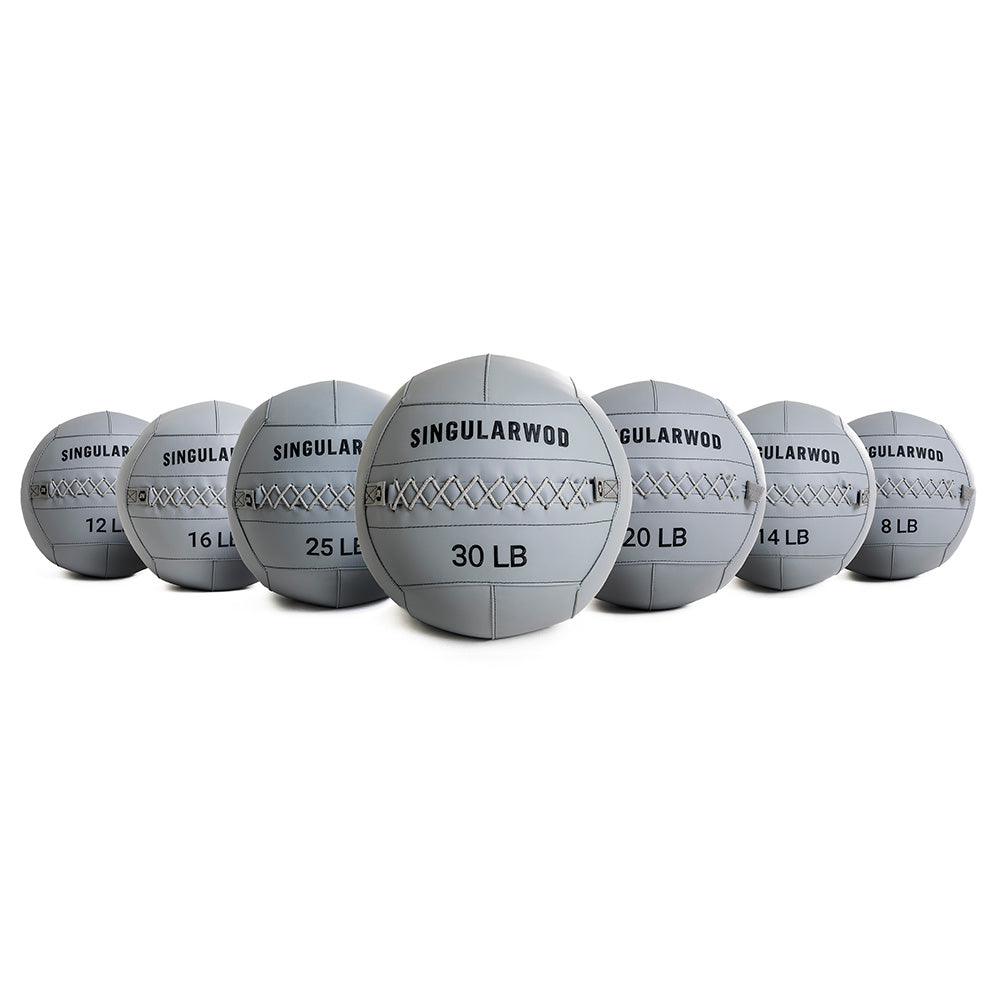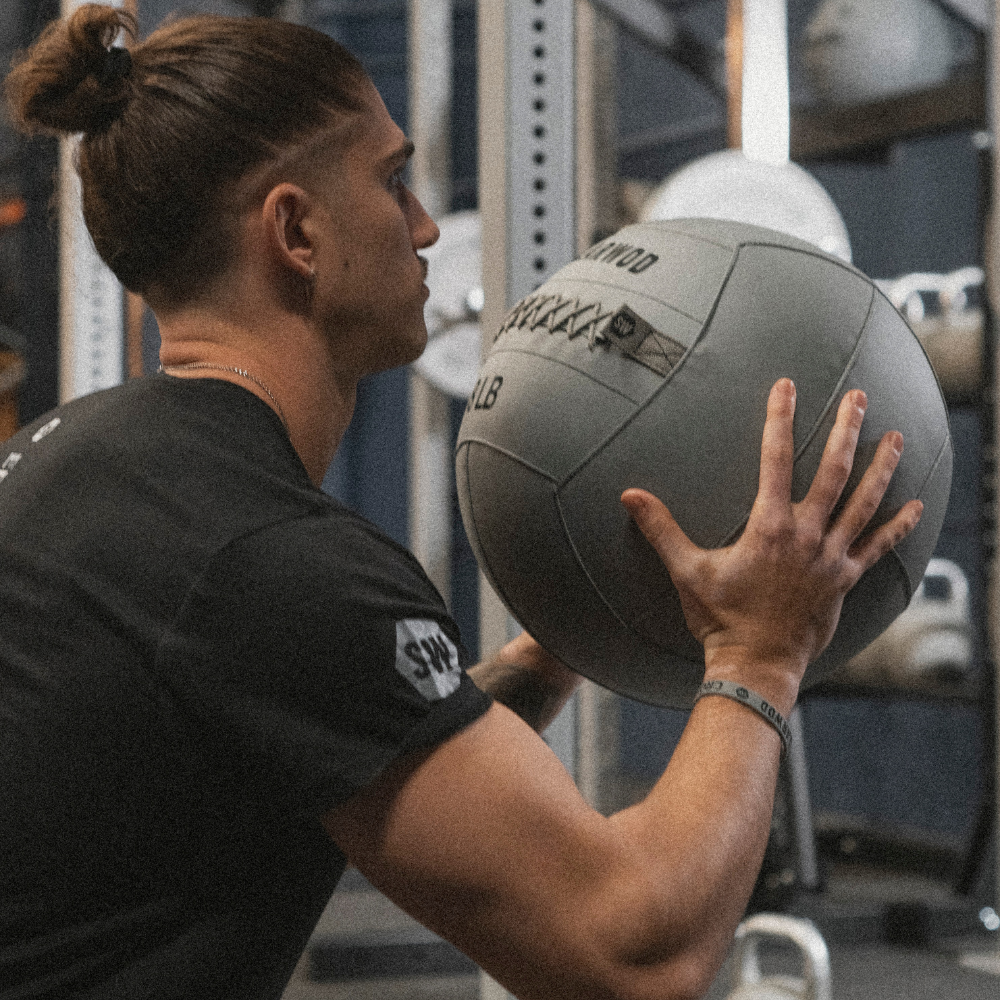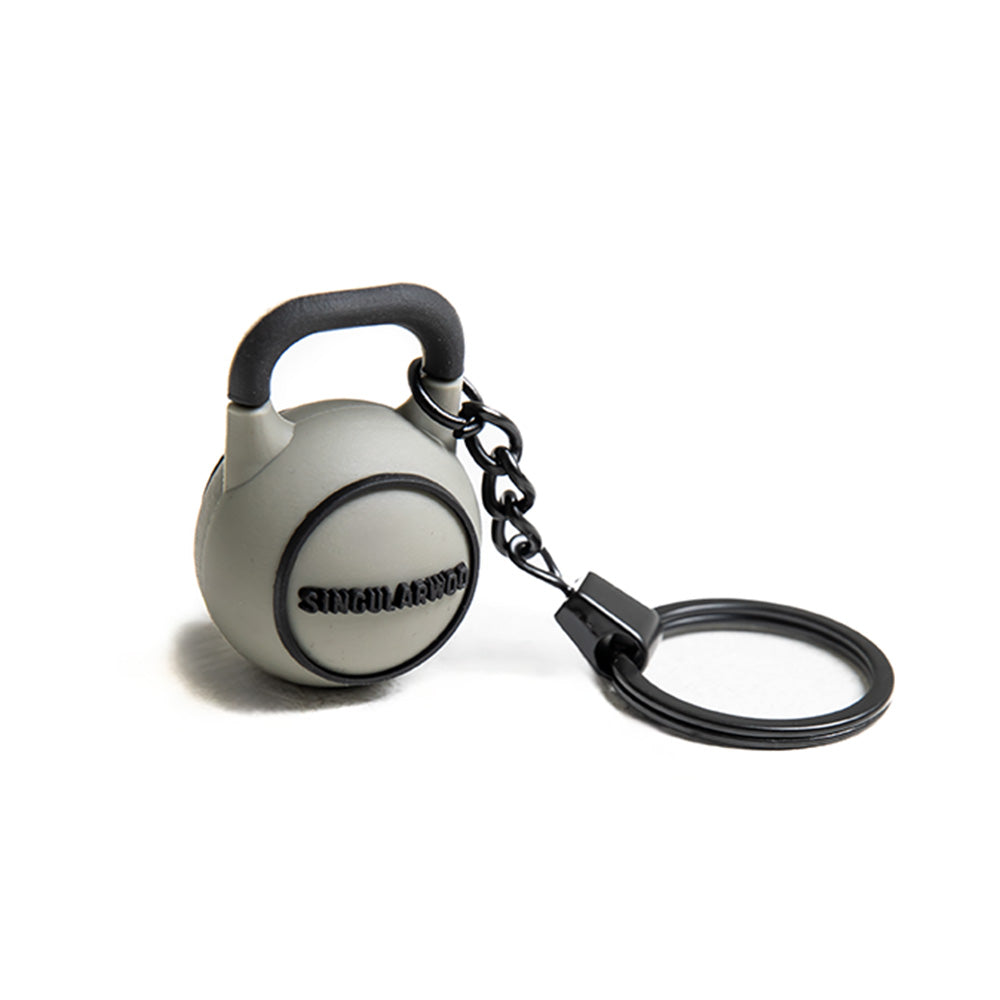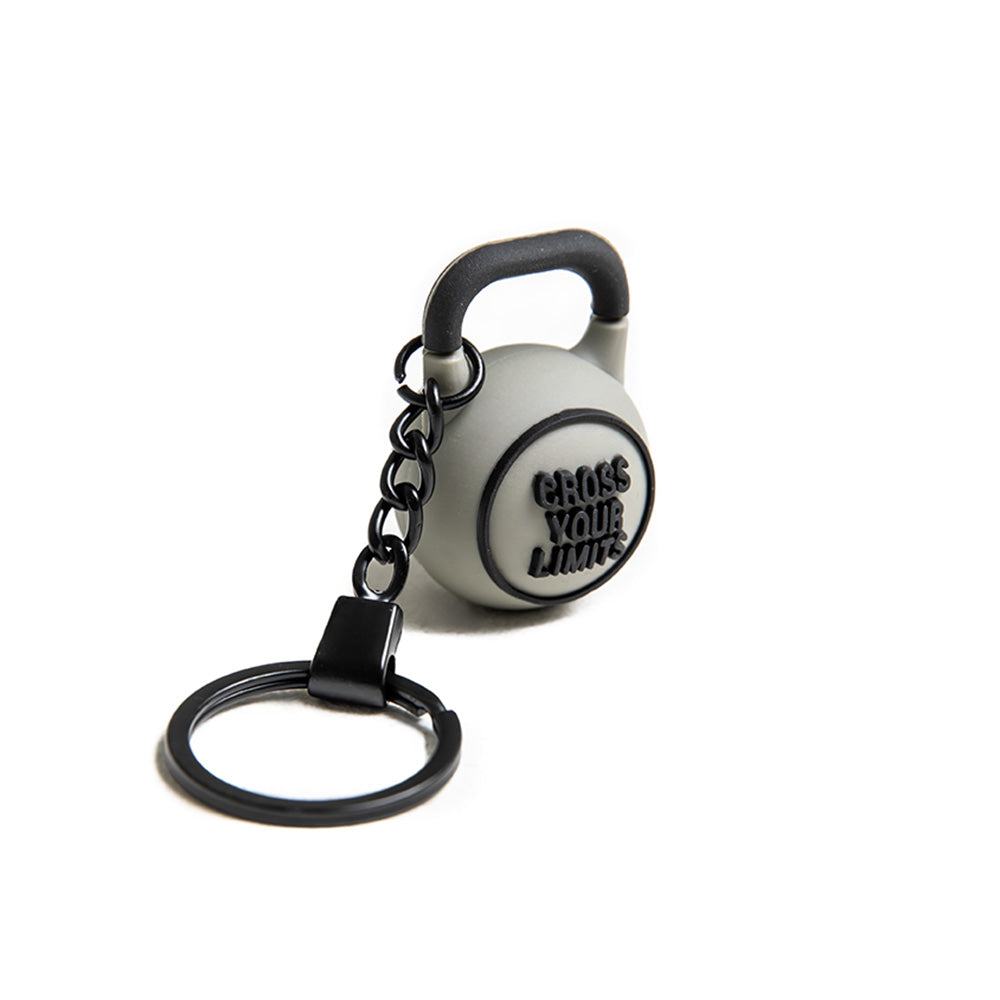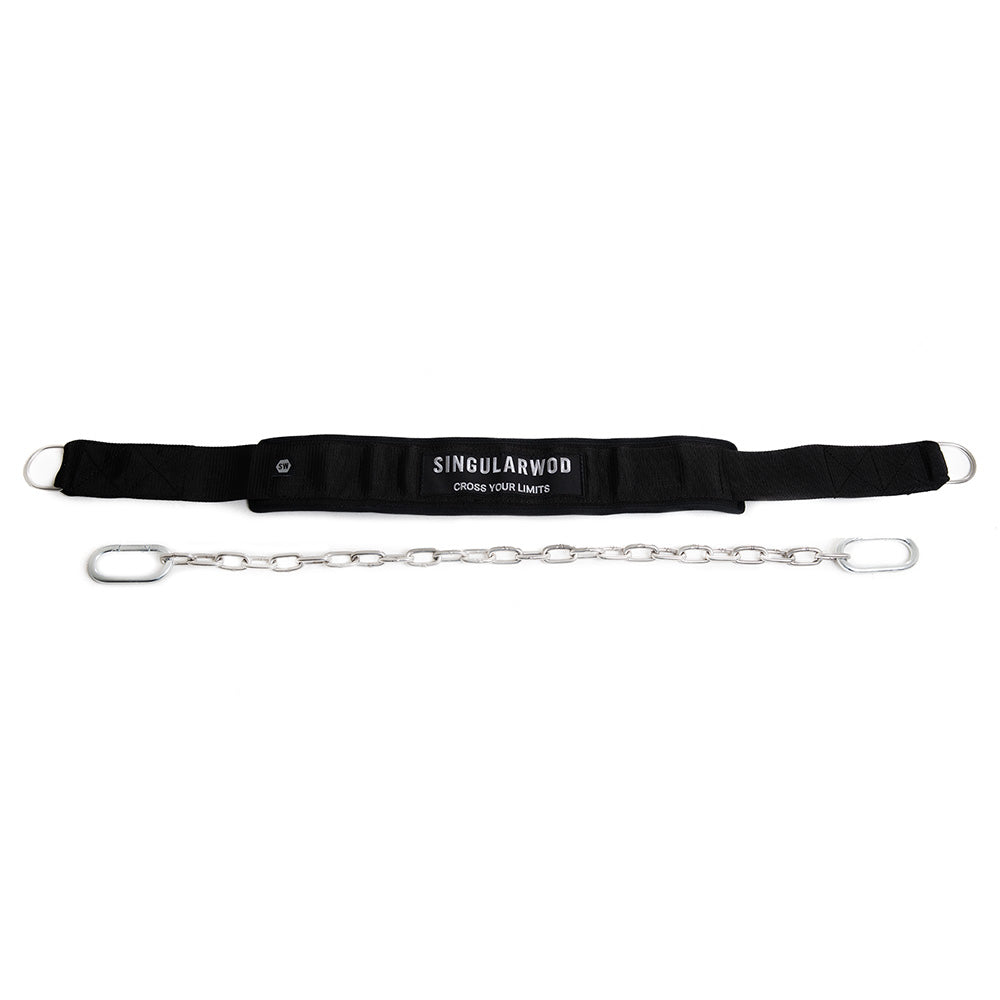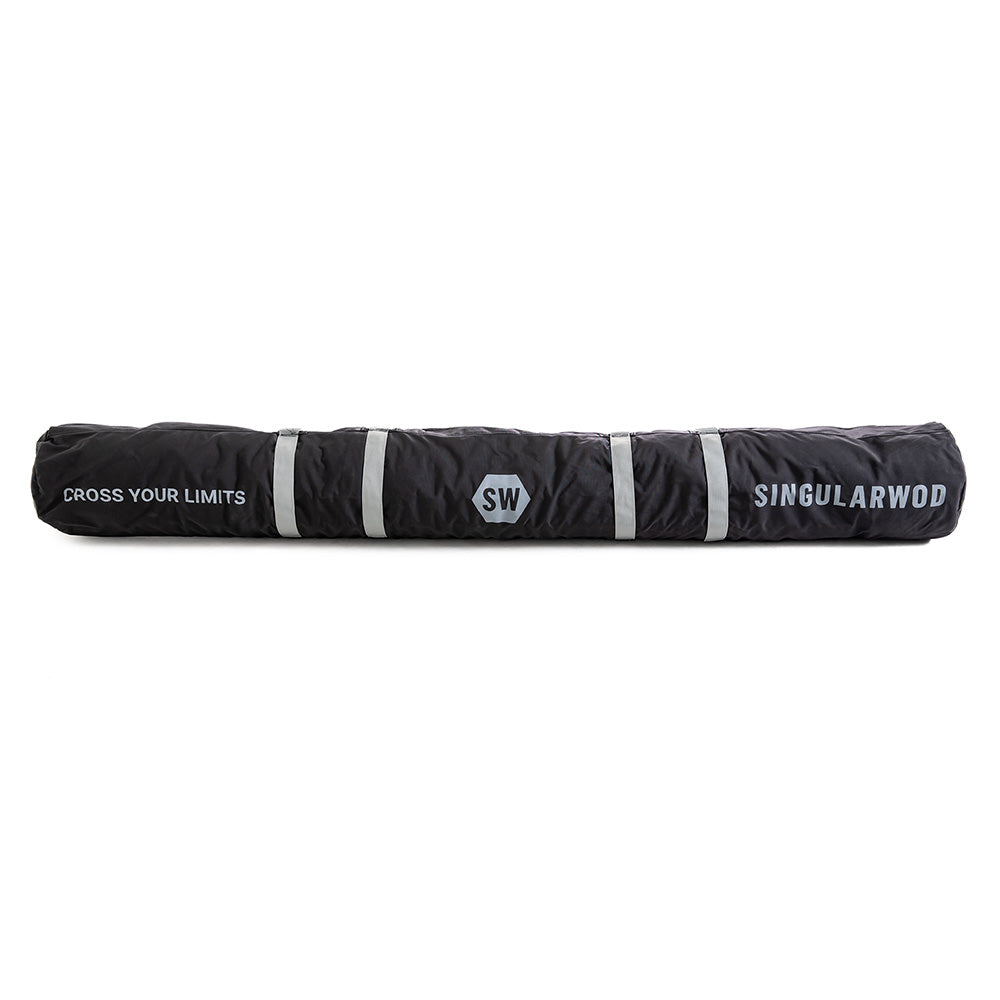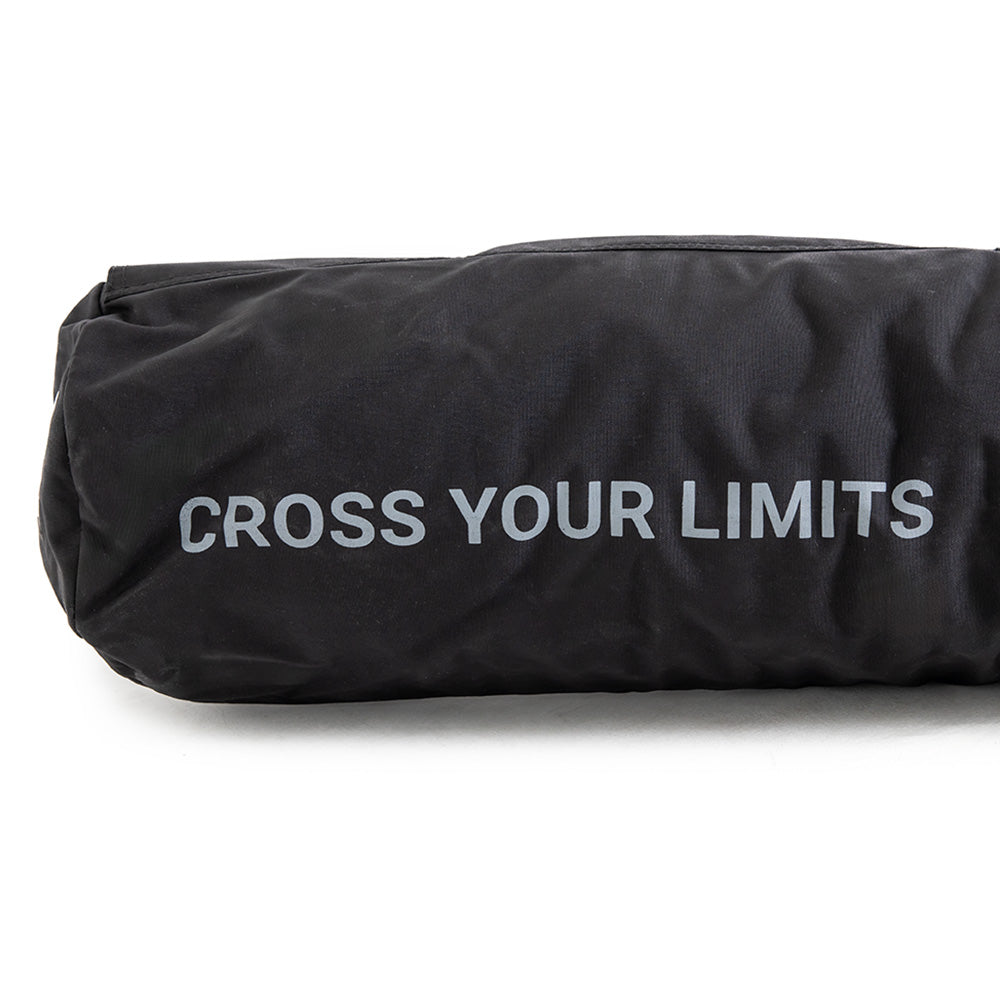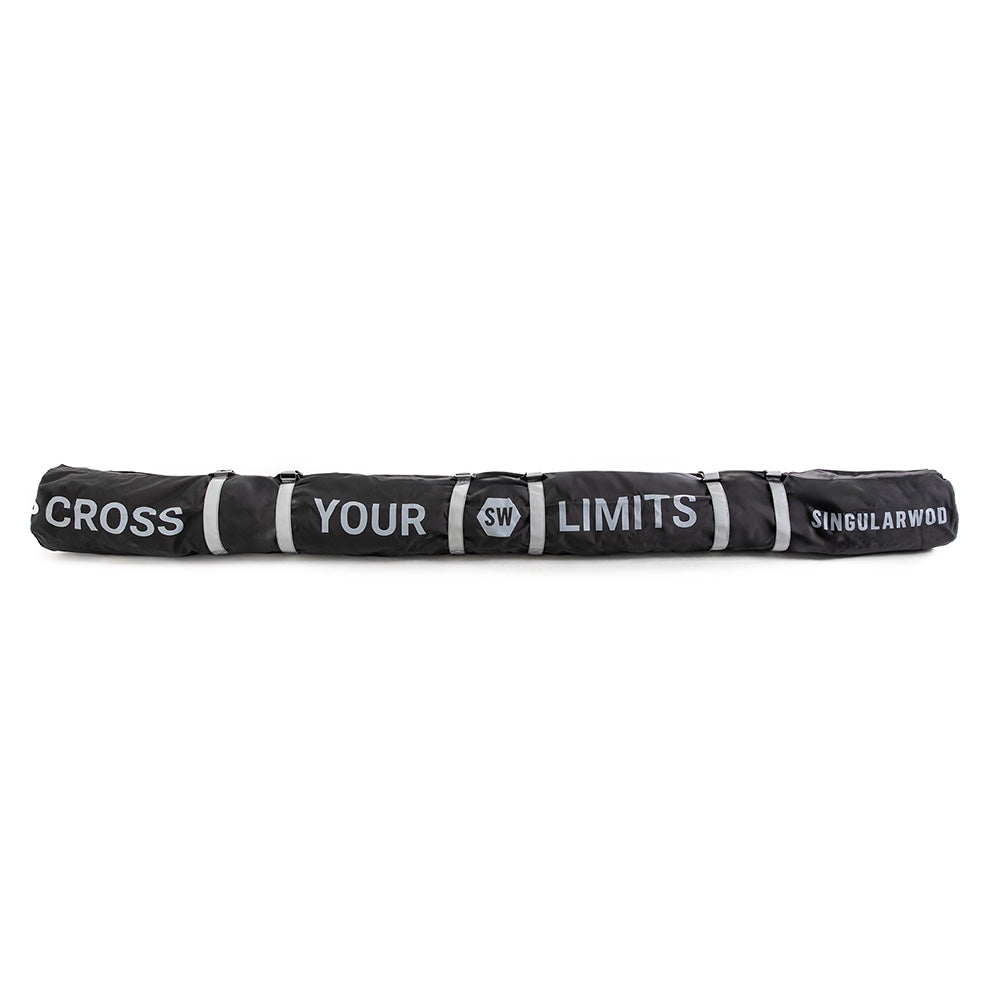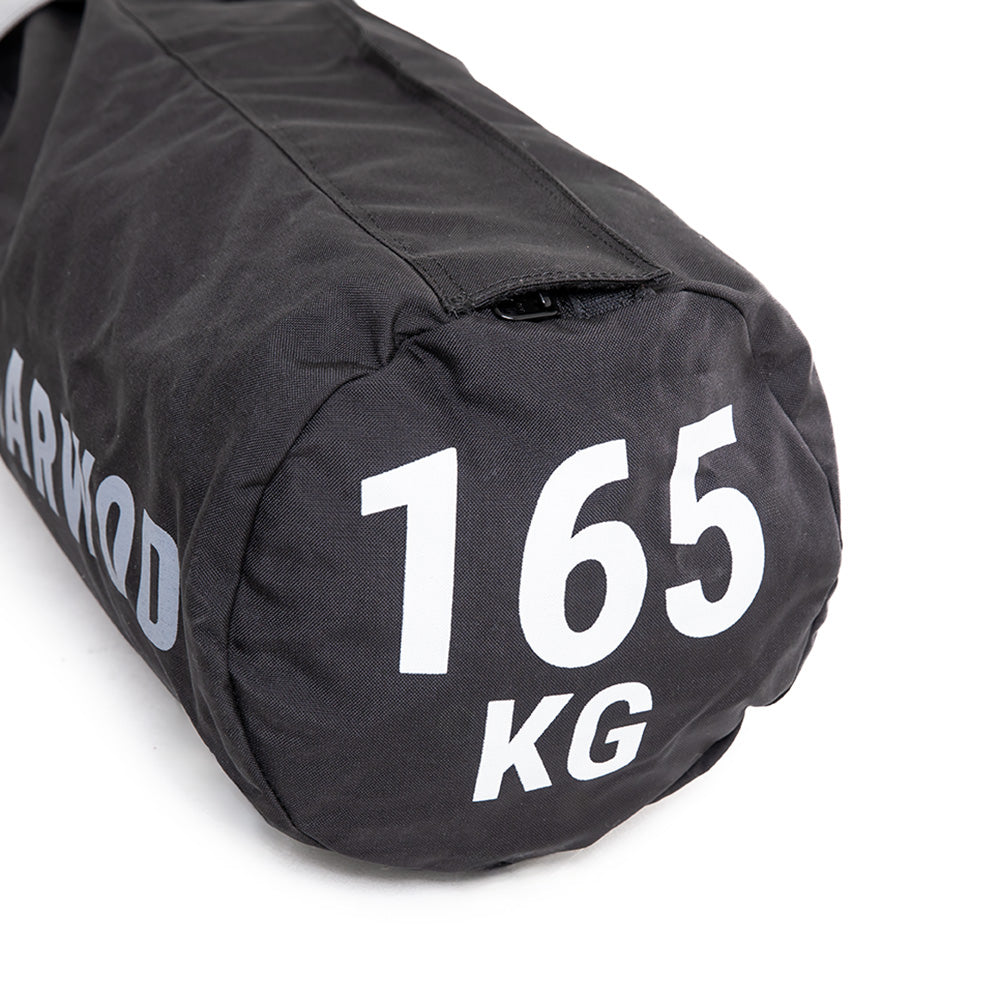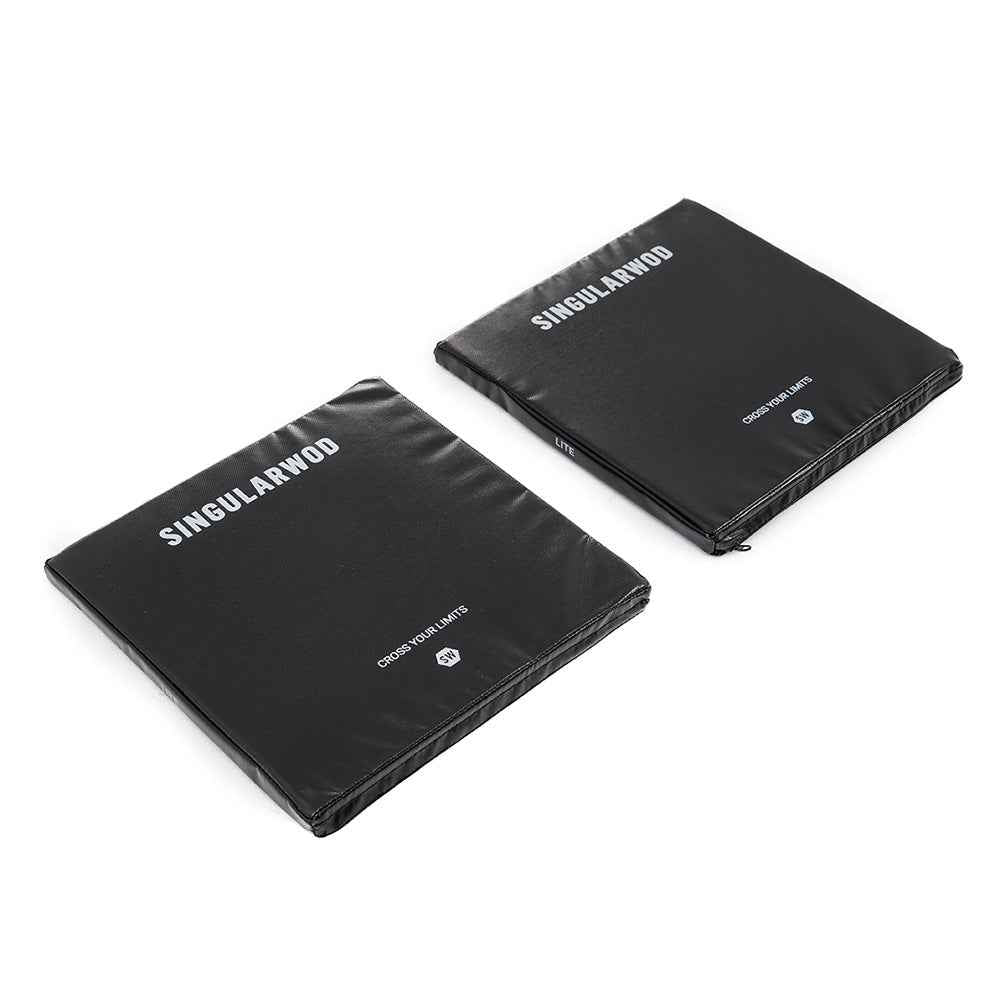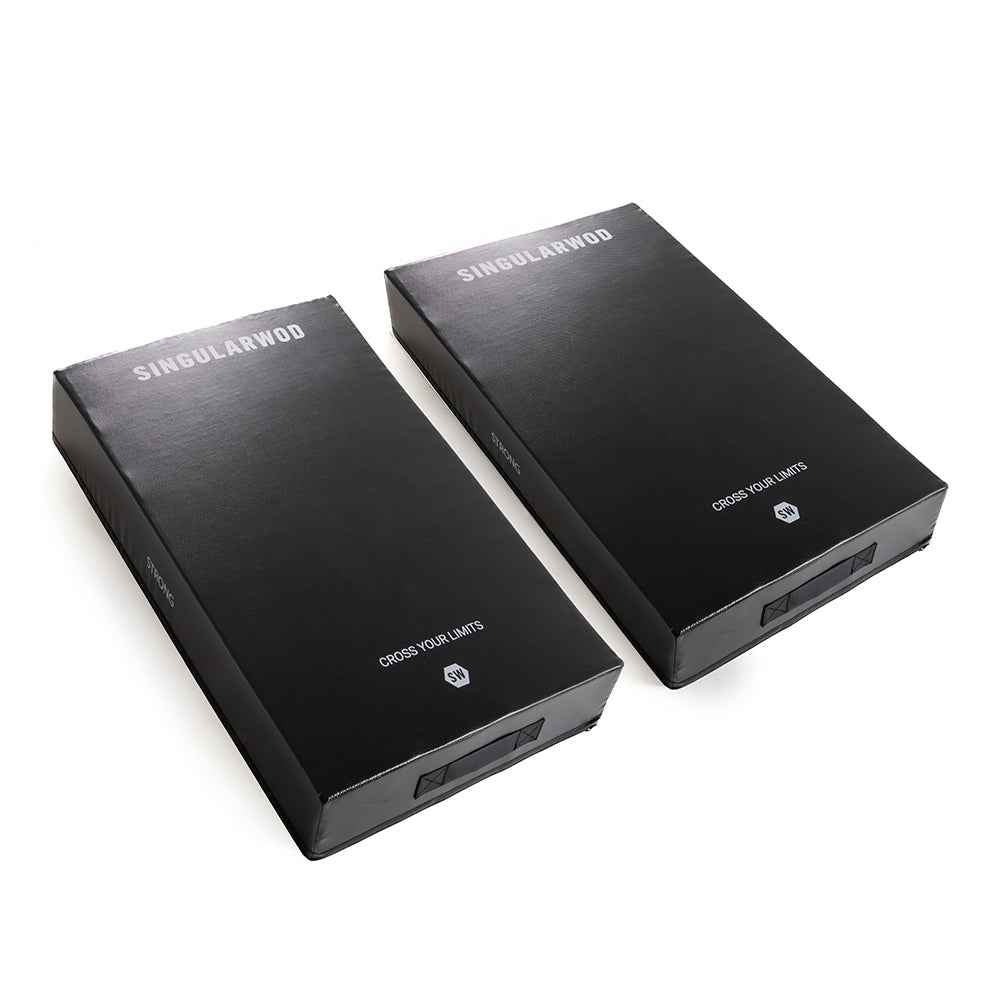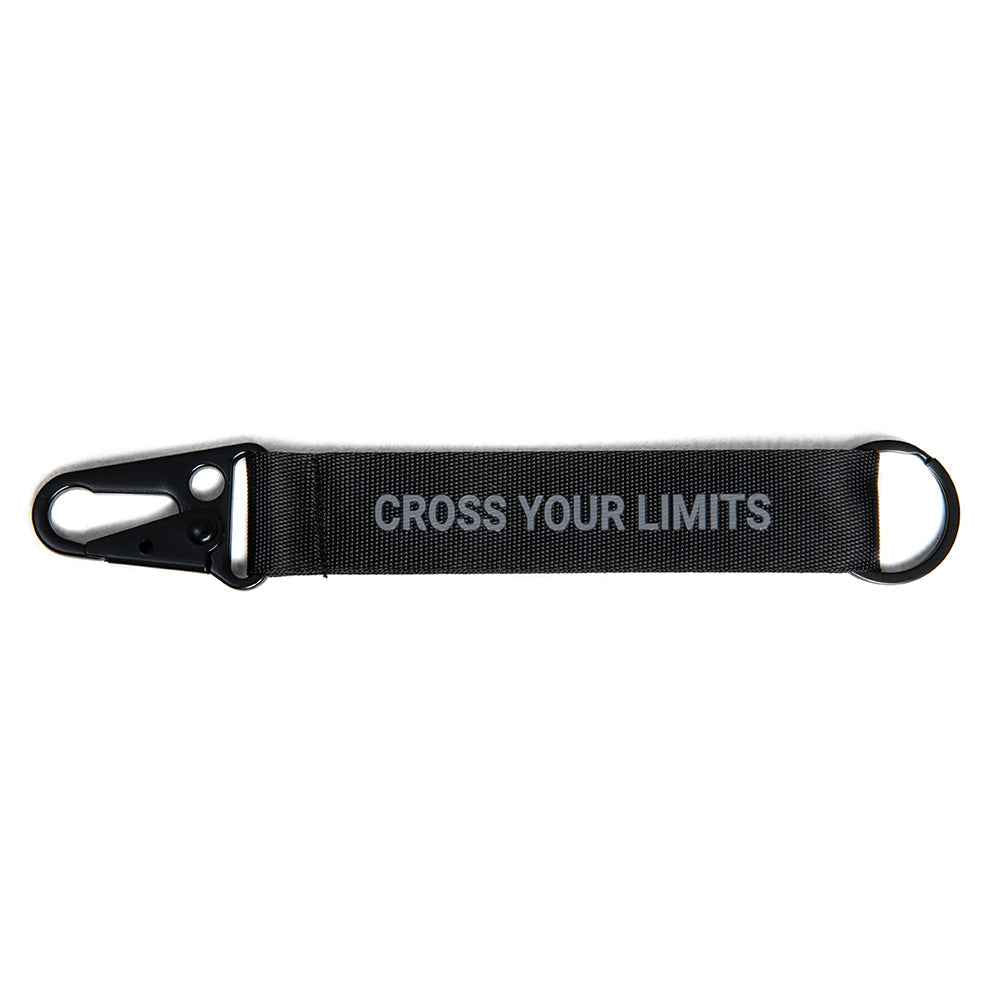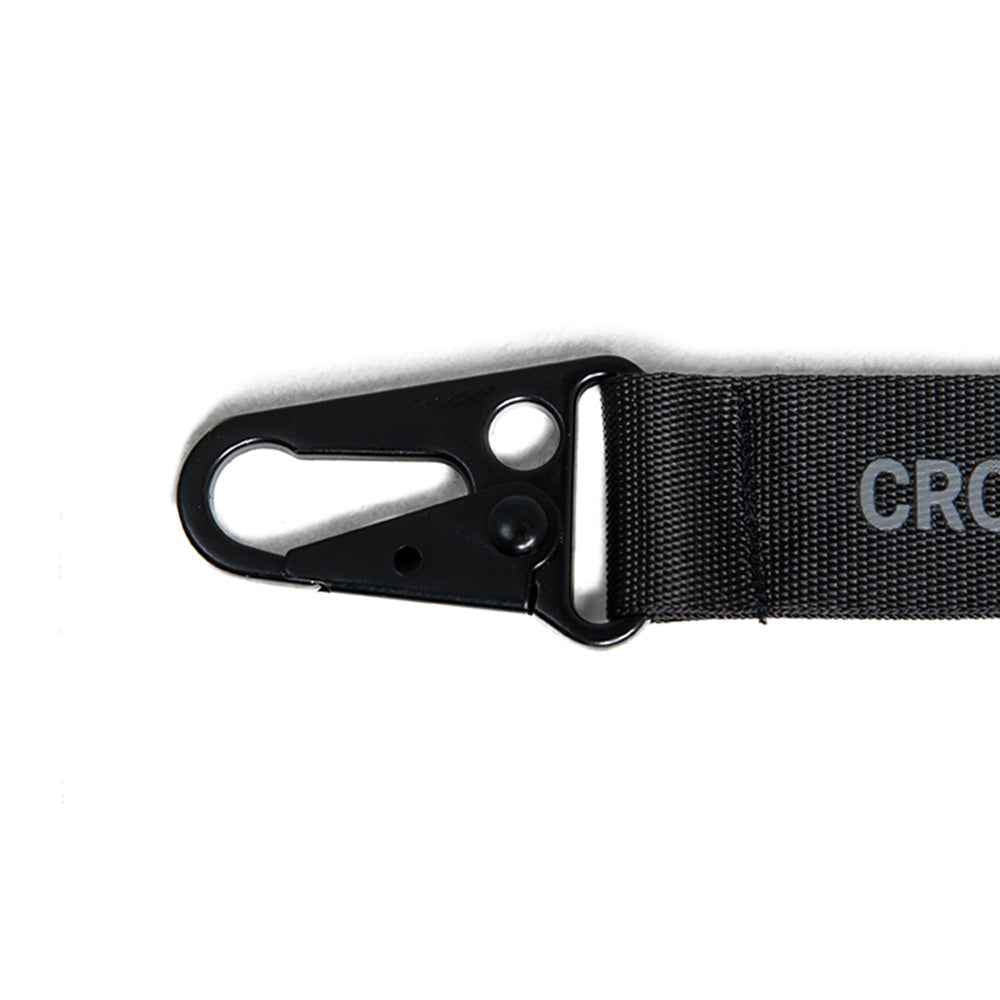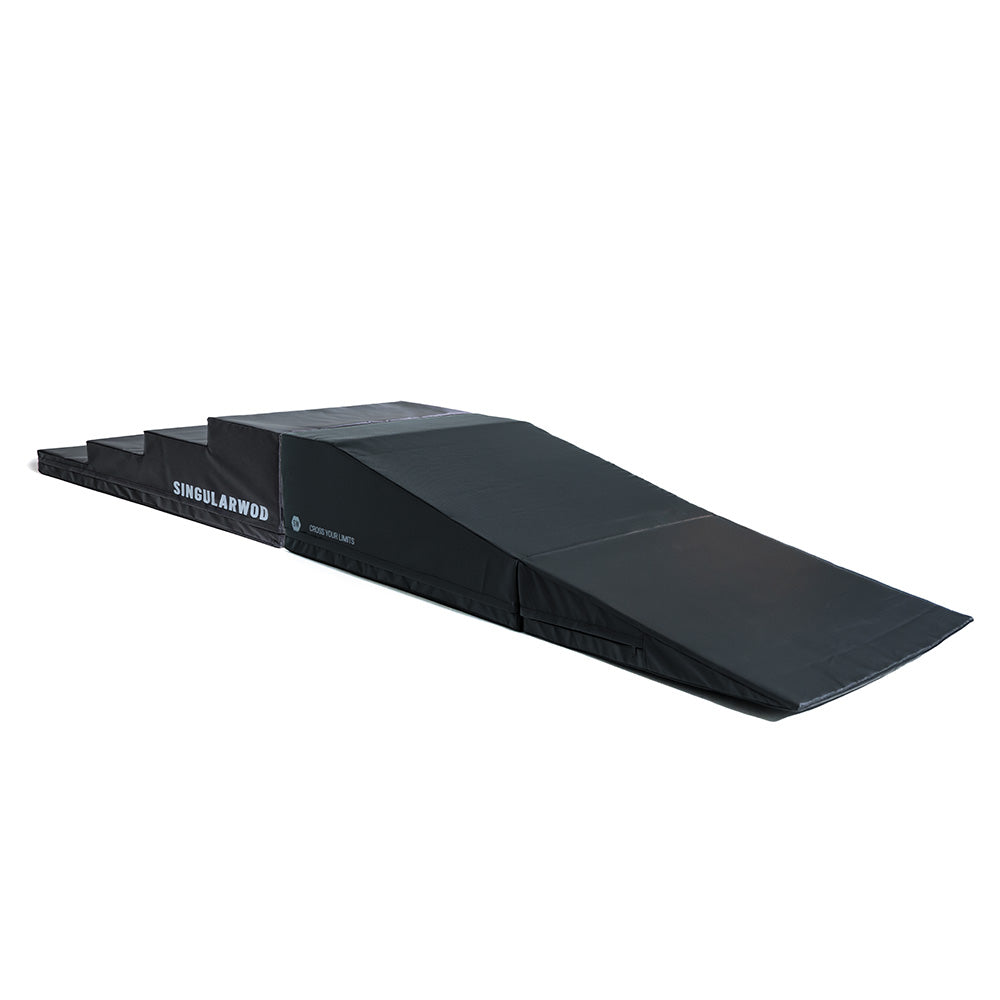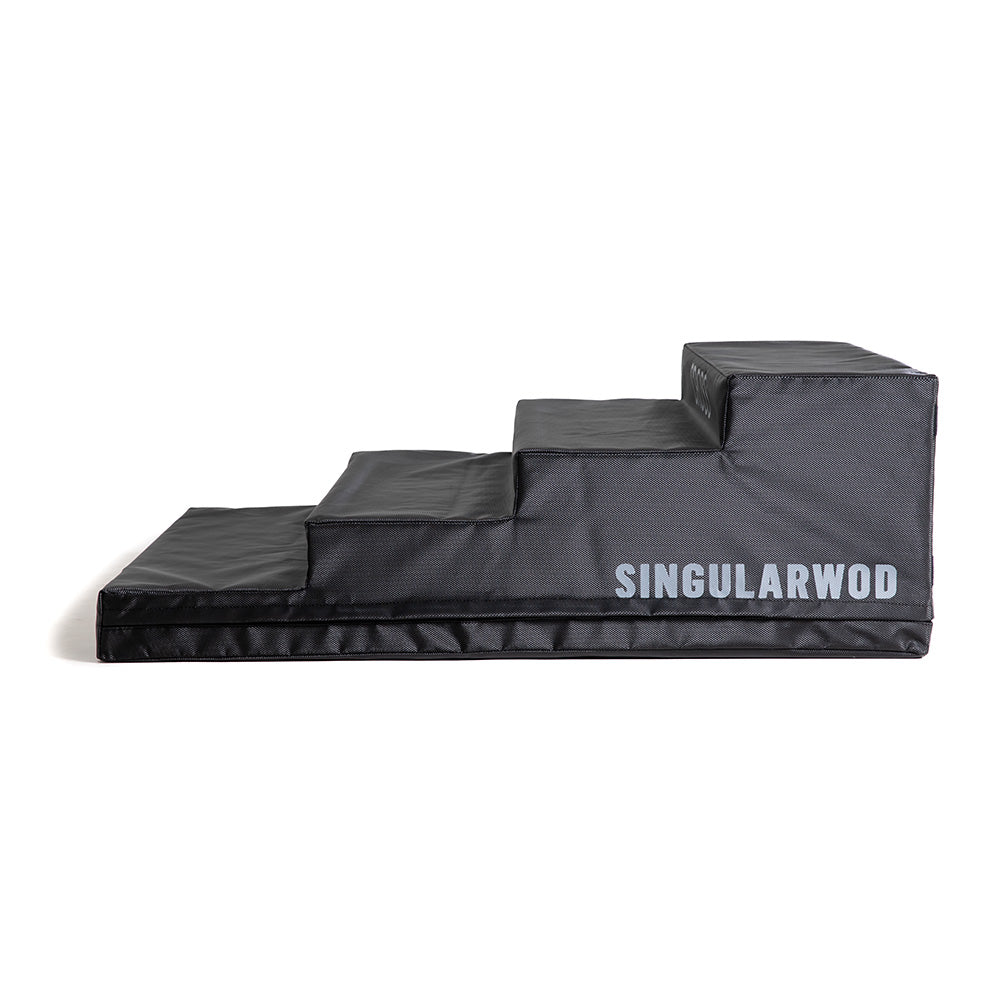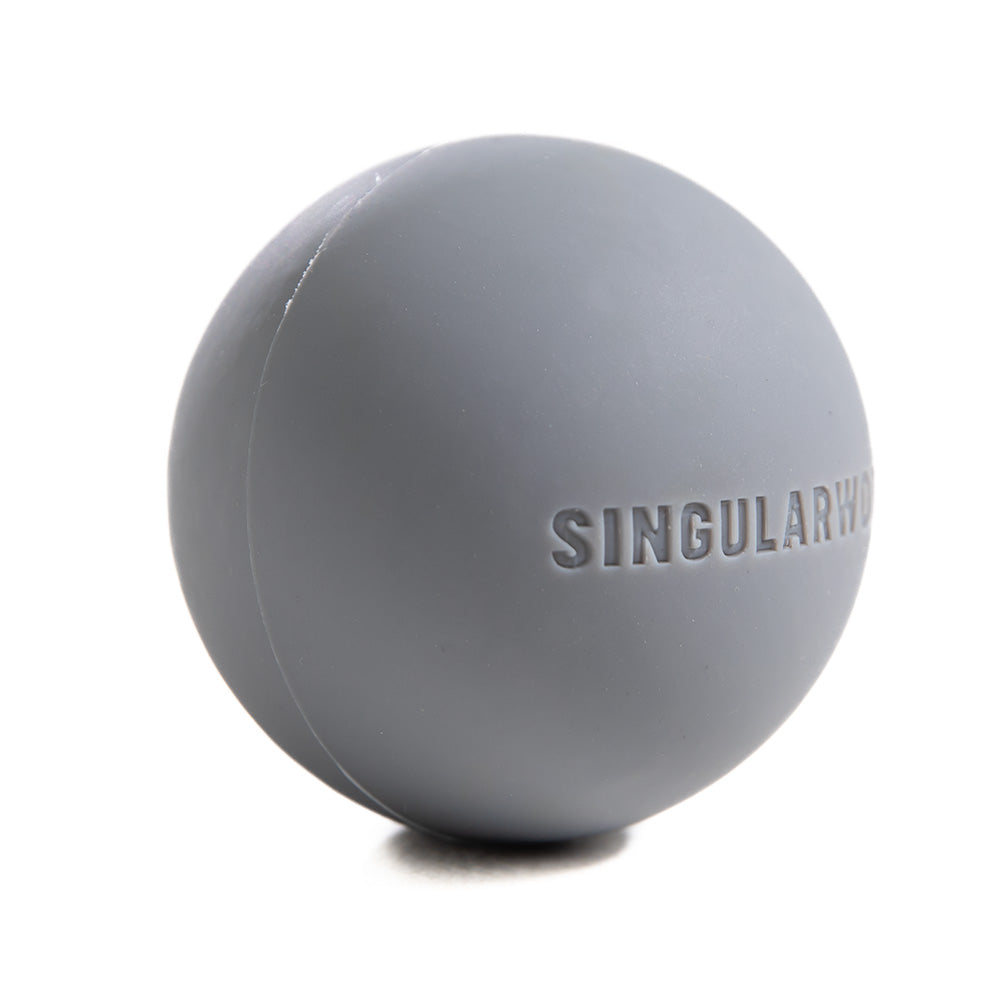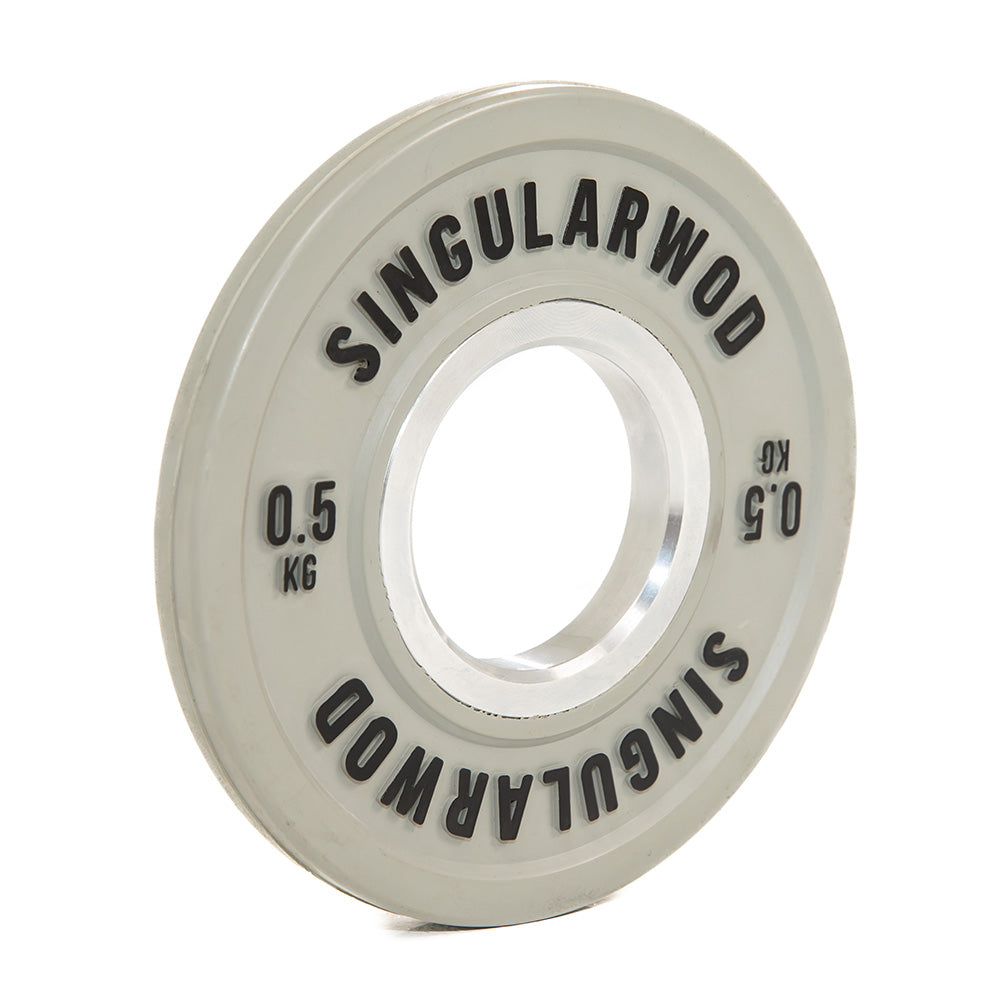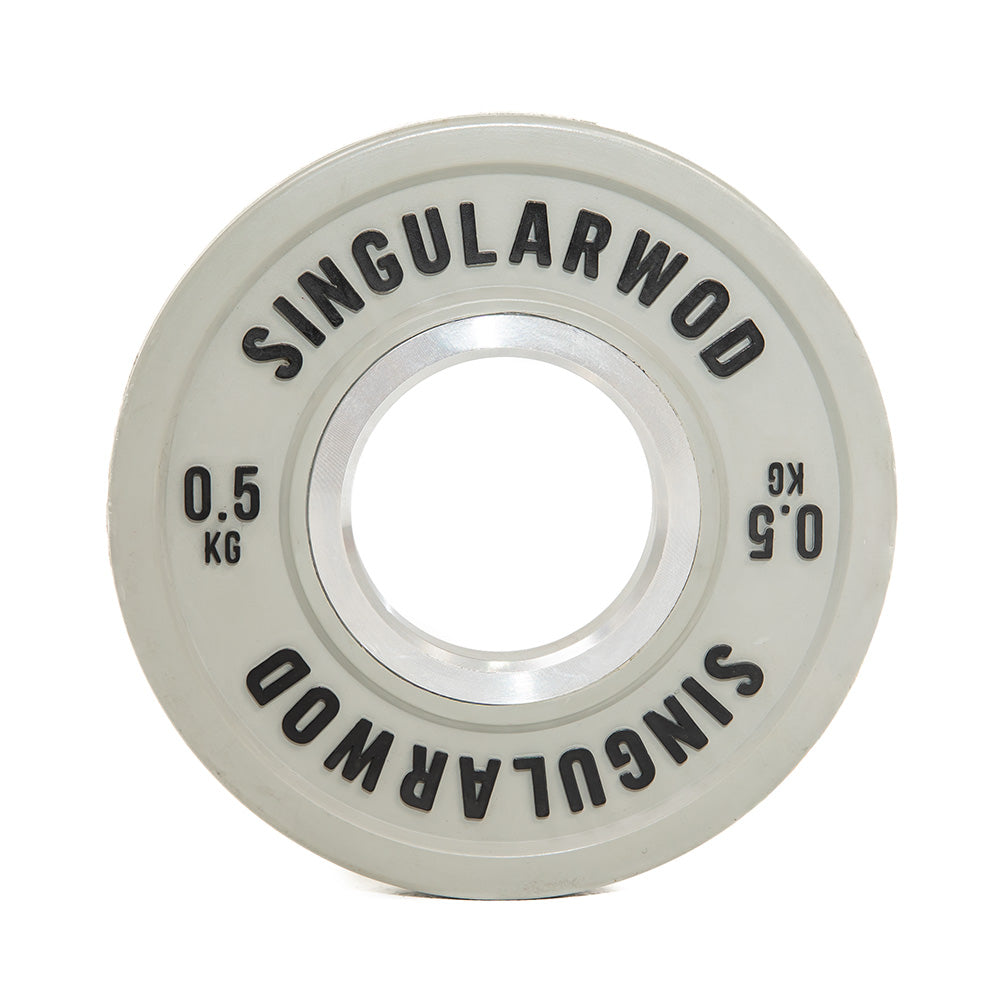How to climb the rope in crossfit: Step by step and material necessary
How to climb the rope in crossfit. For me, the first time I faced the climbing rope in the box my mind traveled 30 years ago in time, to my school, in which I saw those kilometer ropes to the roof that seemed unattainable to me (I never had to climb them, luckily). And in the box I feared just that, not being able to upload it.
And it is that the rope is an element that despite being very common in the Cross Training Box, so much that it has even had different appearances in the Crossfit Games, it is not present in our daily lives. I mean that it is complicated to transfer the movement to our day to day, as for example we do with the squat to bend, or with the dead weight to lift the purchase bags.
What is the climbing rope?
It is formed by a fiercest string network in natural materials such as hemp, or if polypropylene are synthetic.
Types of climbing rope
The strings of natural origin They have a better grip and are somewhat softer, by counterpart they deteriorate with the sun and humidity, and tend to release “fluff” (natural fibers) due to the initial wear.
Synthetic hemp strings They can slip something more at the beginning, but after the first uses and applying magnesium it is solved. In favor they do not release fibers and that they resist perfectly the weather, both moisture and sun, so they are ideal for training outdoors.
Where can we put the rope?
When anchoring them we can do it to roof or rack. To the roof is usually done with climbing carabiners that are hooked to one end of the rope that wears a metal piece that handles the rope and leaves a small ring free.
Also if we use large carabine we can use the ropes with gazas, the gaza is a fold of the rope that is protected in thermal fiber to avoid the rubbing of the carabiners or of the rope itself.
And it is that in the rack we can anchor the rope equally with carabiner, but we would lose climbing height. The ideal is to "hang" a beam, or crossbar of the rack, so we can climb more. For this it is better that the end of the rope goes with that gaza or guardianship (metal protector).
On the length of the rope, if you have plenty and fall on the ground, the weight itself will help you keep it stable. If it is very short, it will cost you more to get it at the beginning.
The standard thickness of the rope is in 38mm, something quite demanding for your forearms.
First steps to climb the rope in crossfit
If you have never climbed the rope your baza will be "Pinch" with the feet. Because friend, the rope climbs with many things, and it is not always the arms.
Let's start easy, sit in a drawer and place the rope falls outside one of your legs.
Then, with the other foot it picks up the string excess with the toe and ride on the free foot. If you have done well, the free foot will have rope under it and inside, and that piece of inner rope is what you step on the other foot to climb.
At first practice that gesture, to roll the rope. Once you have it dominated we will start the Step 2.
Senated grabs the rope with the arms as high as you can and raising the knees as high as we can. Now we do the clamp and you will notice that you have the legs up, well, extend them while you step on and you will see how they magically ascend without doing almost any strength with your arms. That is the trick, climb the rope with your legs using your arms just to sustain us.
Step 3, Already standing, jump and try to grab the rope as high as possible, so as not to fatigue the arms, raise not only the knees but your whole hip as you can, also lifting the knees and we make the clamp.
When we extend we will rise as much as we have raised the hip.
SUPERCONSEJO TO TAKE THE COUNT
When you touch the rope we use high socks, it's easy to burn with the rope!
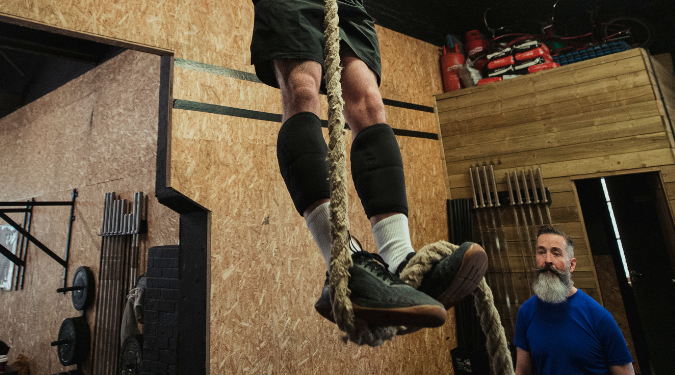
How to control the loss in the rope
Once we handle the climb we have to descend. Like the ascension if we go down using the arms to stop we will be making a brutal effort.
It is better Practice descending braking the clamp that we have done with our feet and taking care not to burn neither the thigh nor our hands. Practice first from small heights.
Climbing the rope can be hard at the beginning, but so was the snatch or pine funds, the important thing is to practice and improve.

